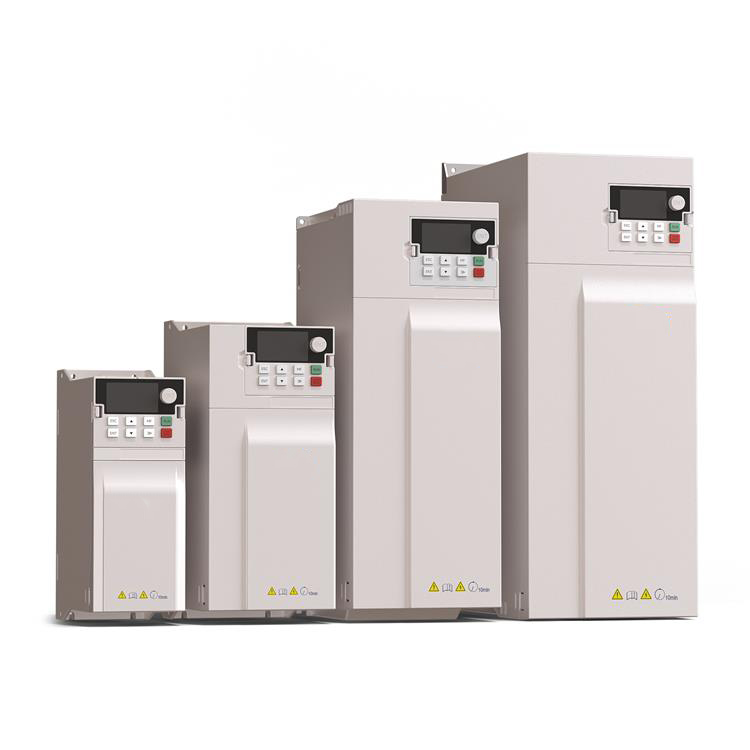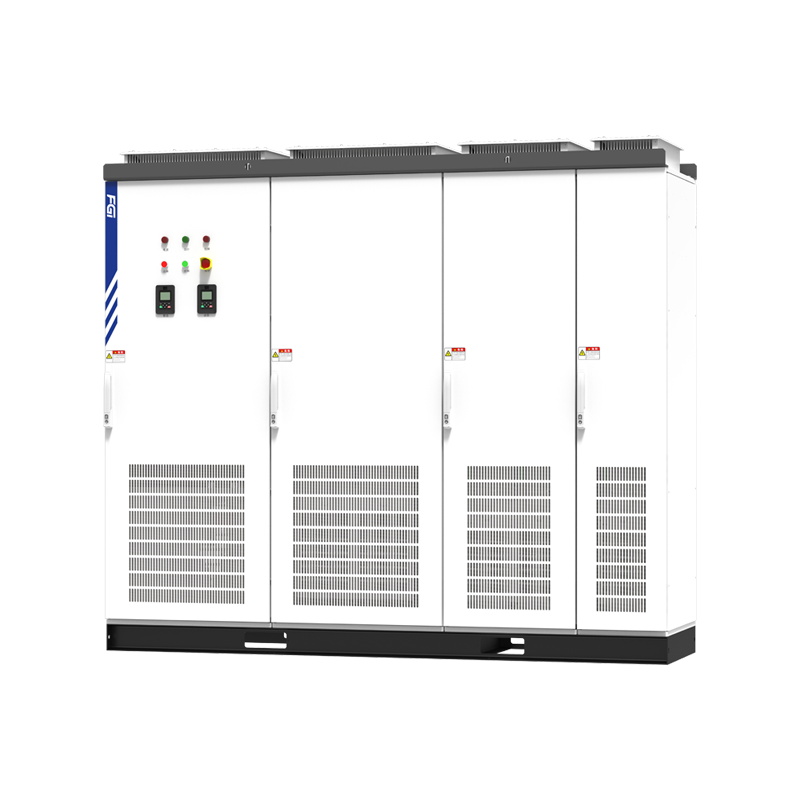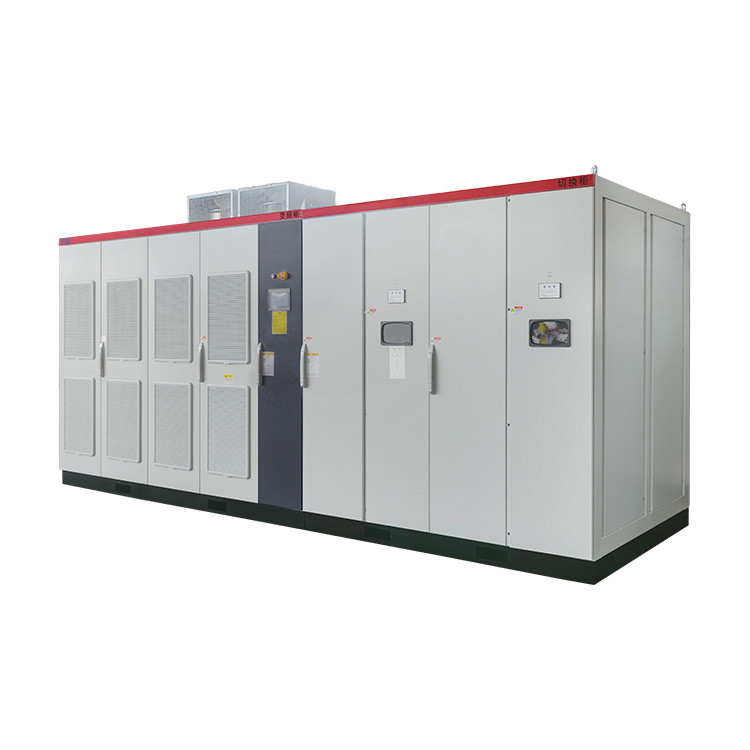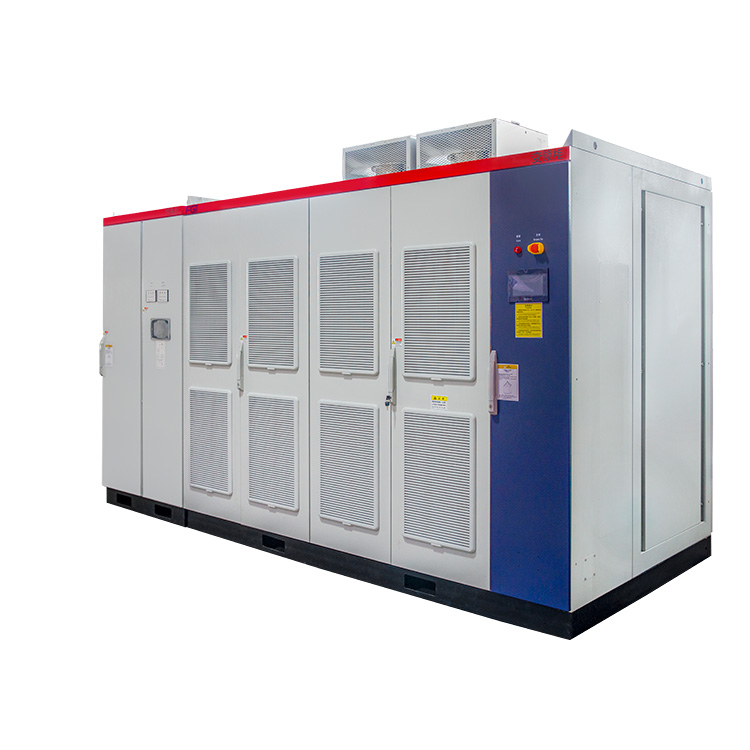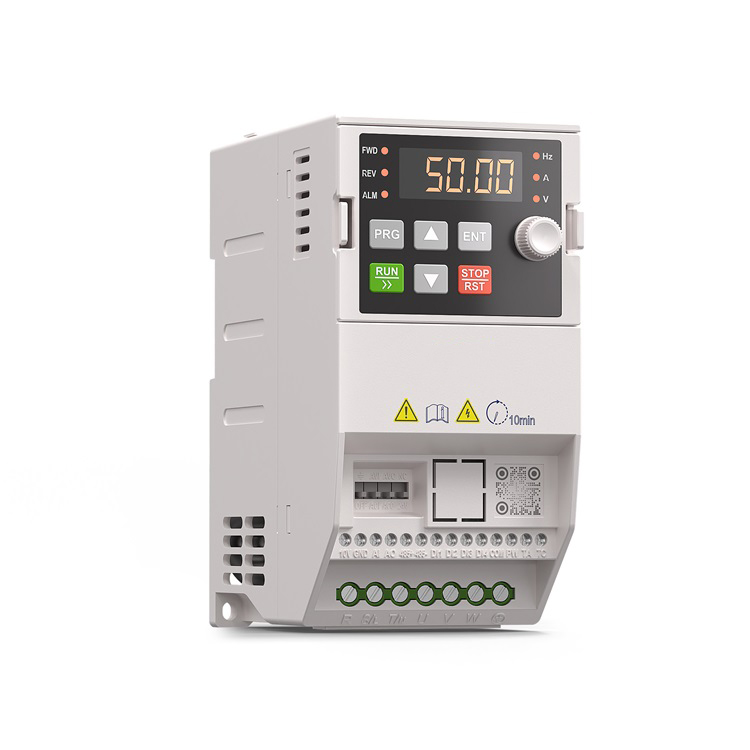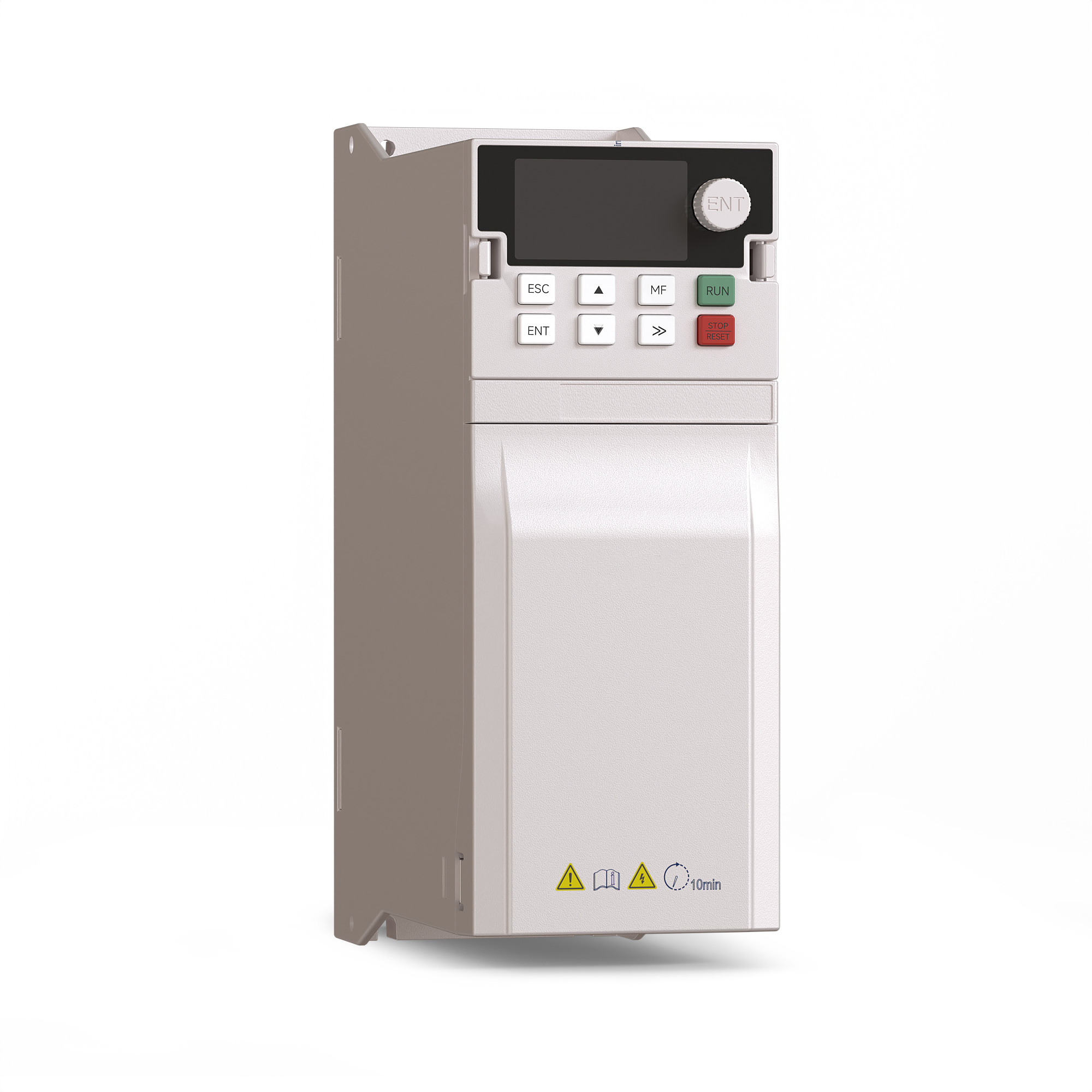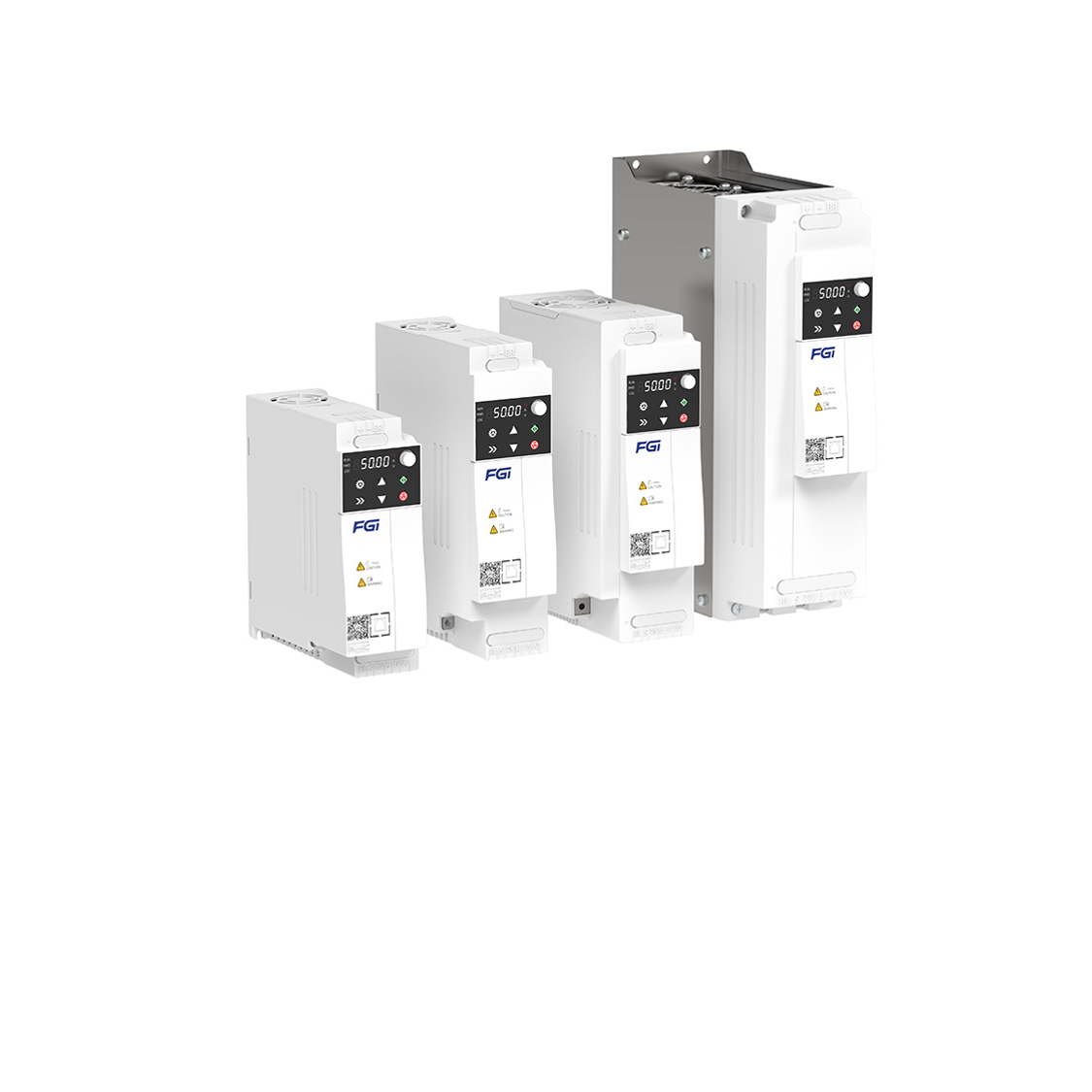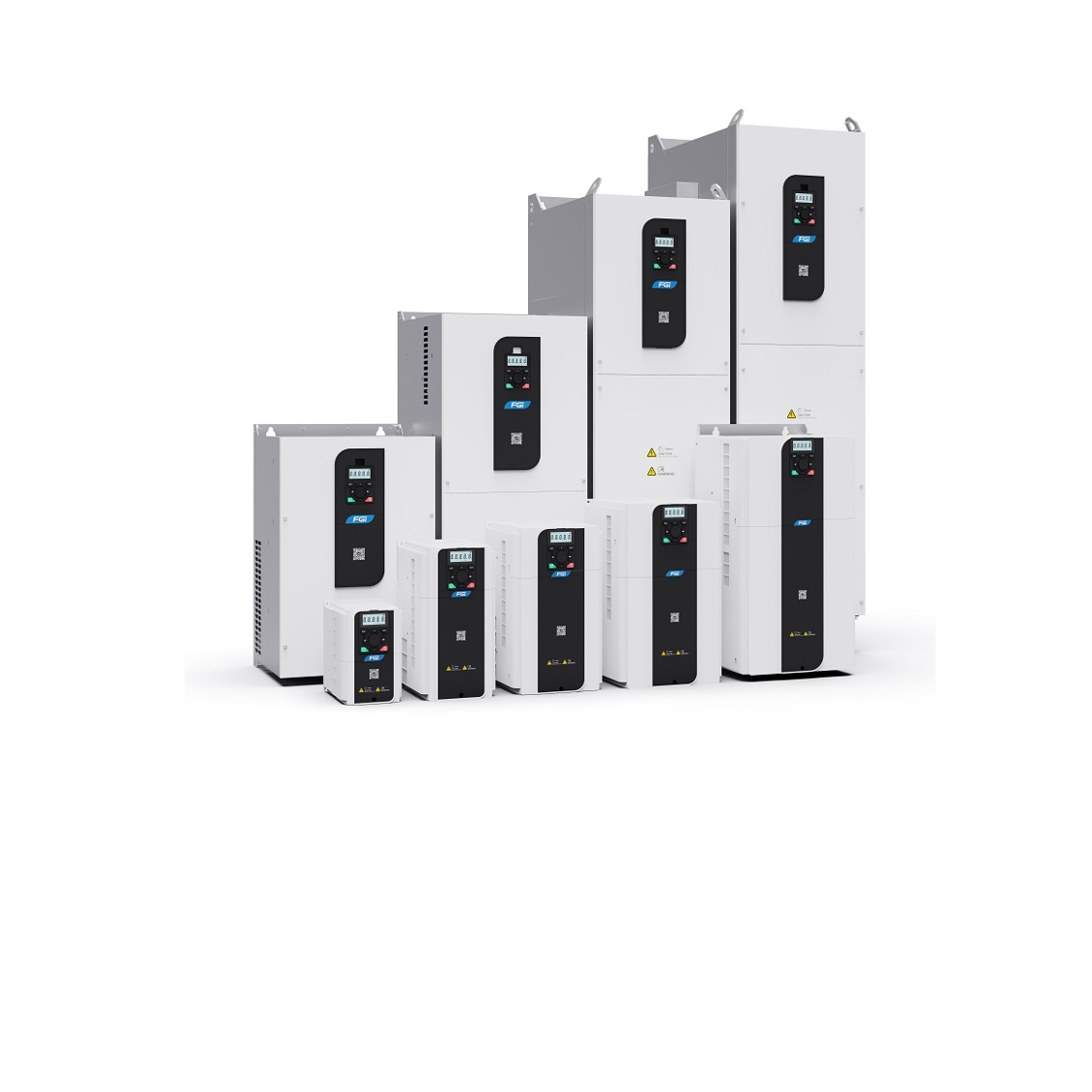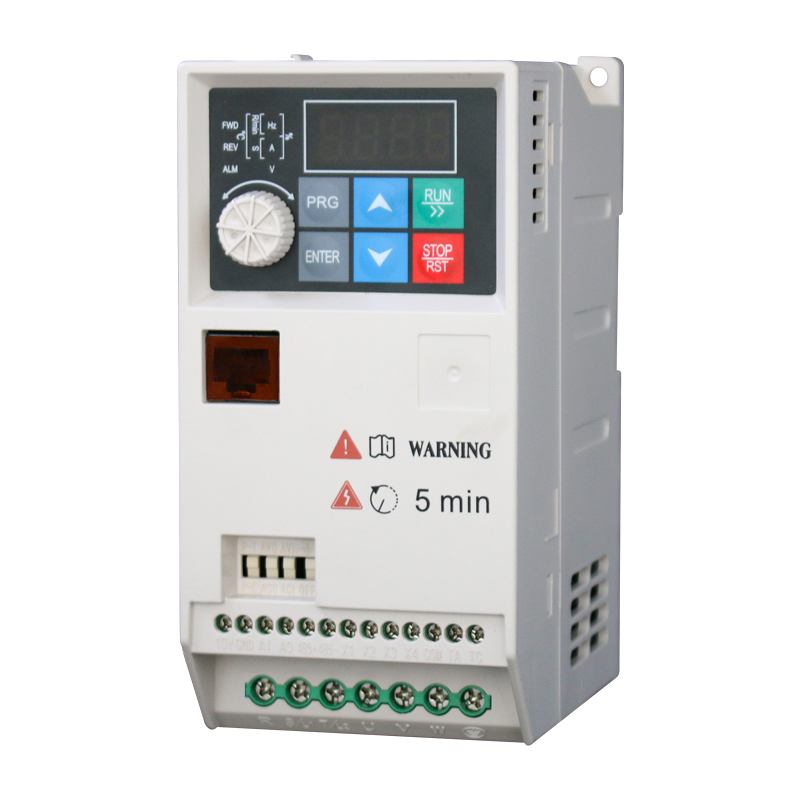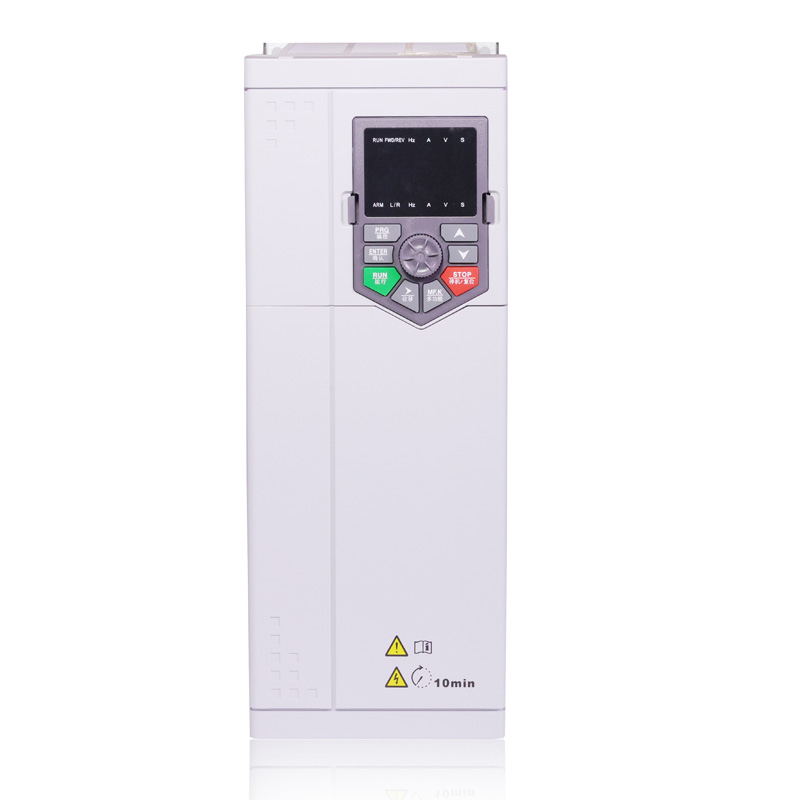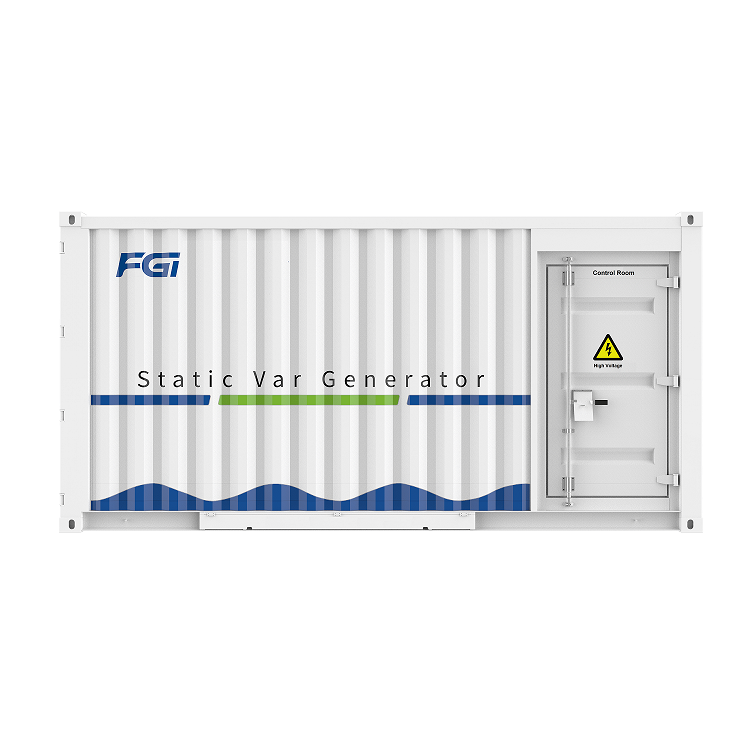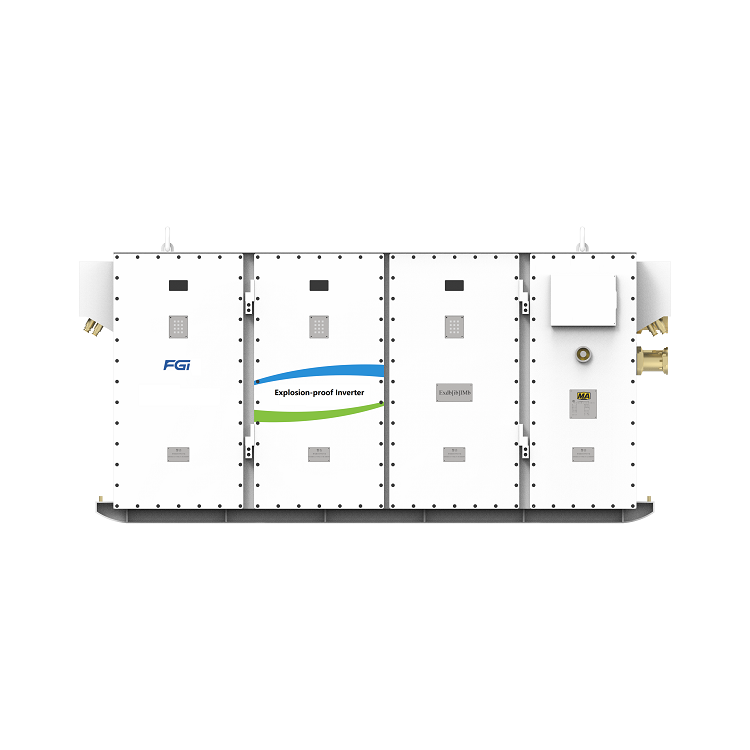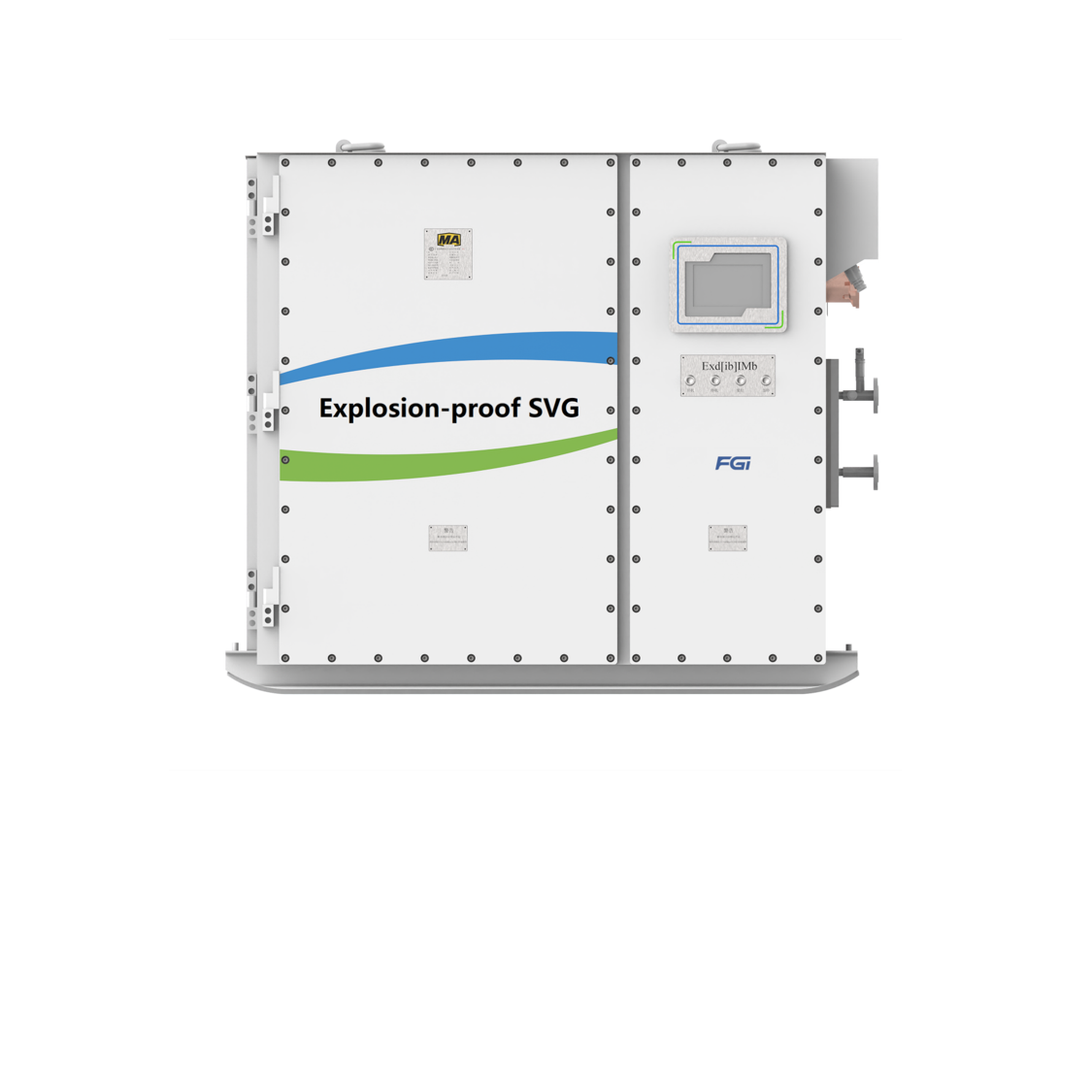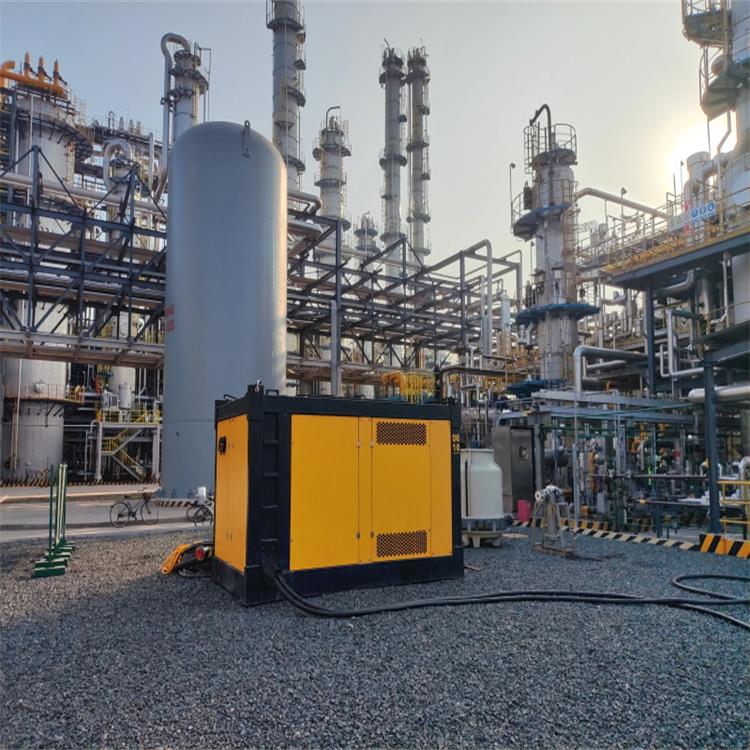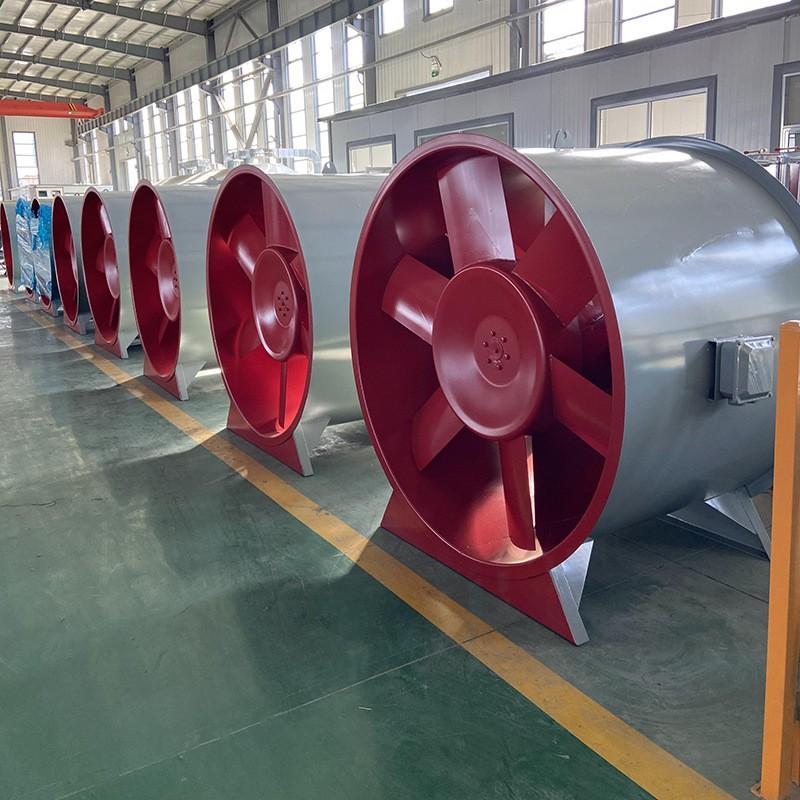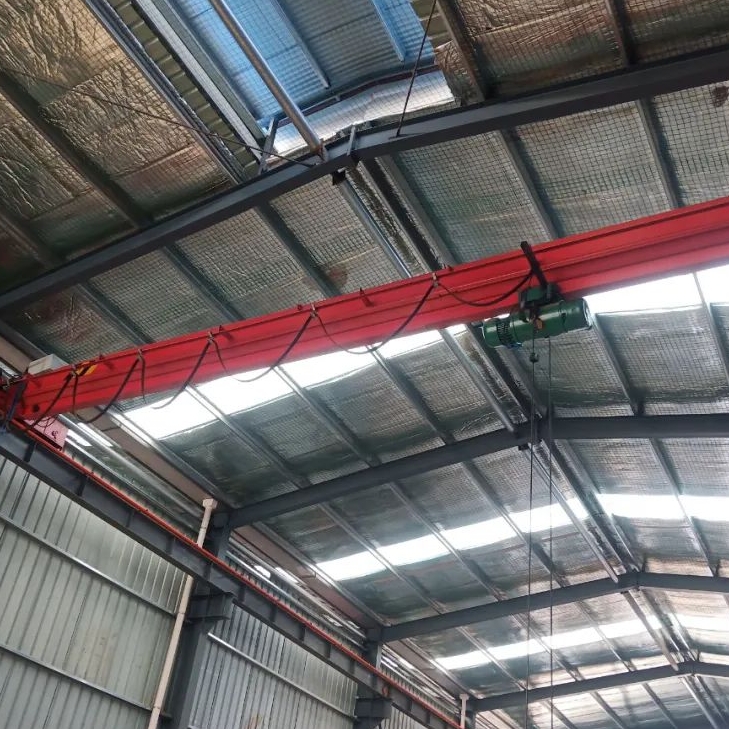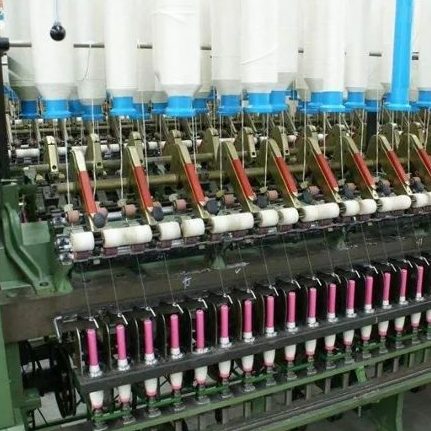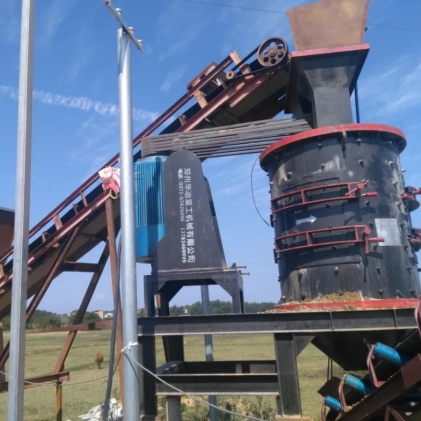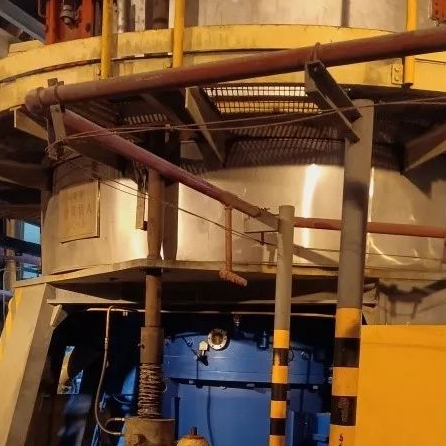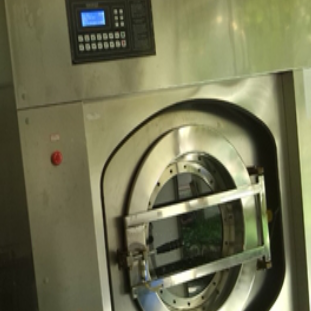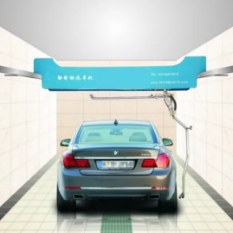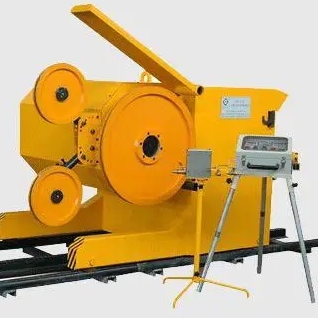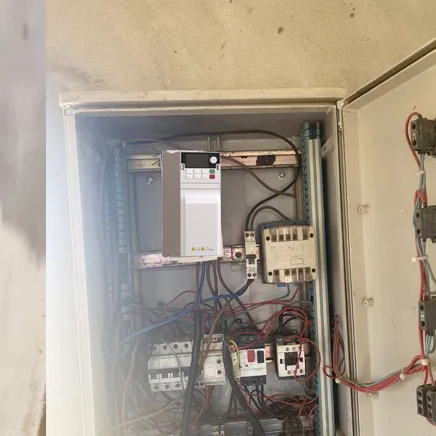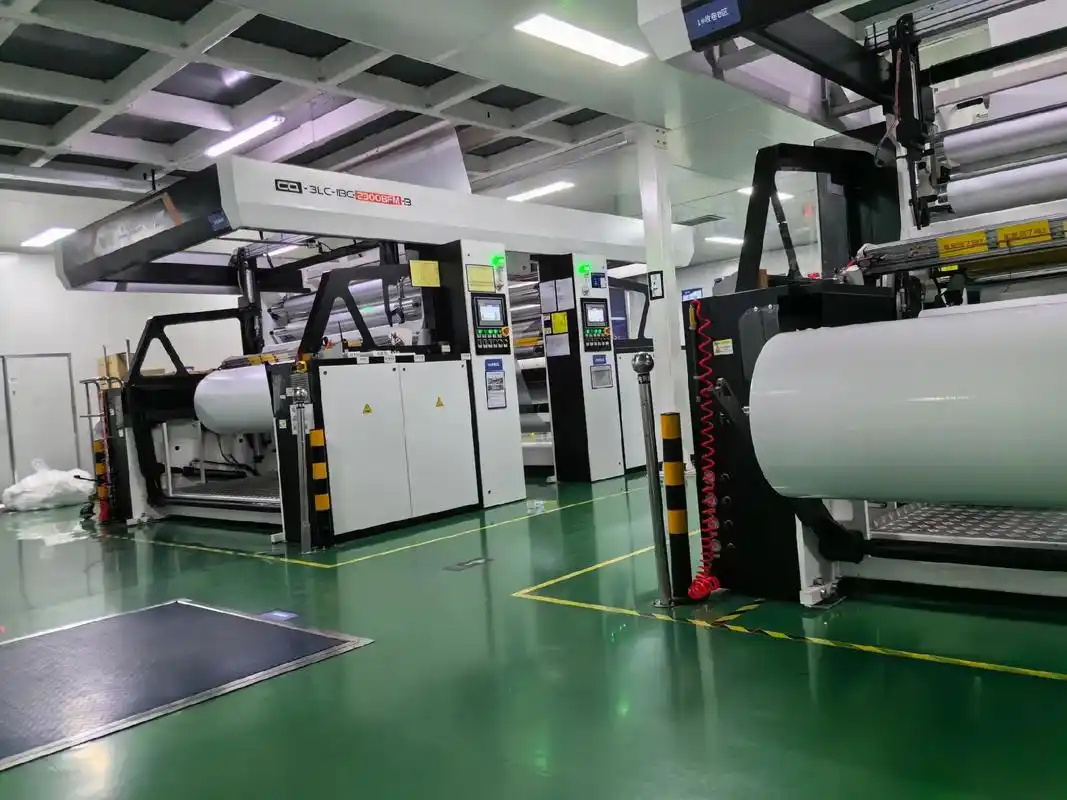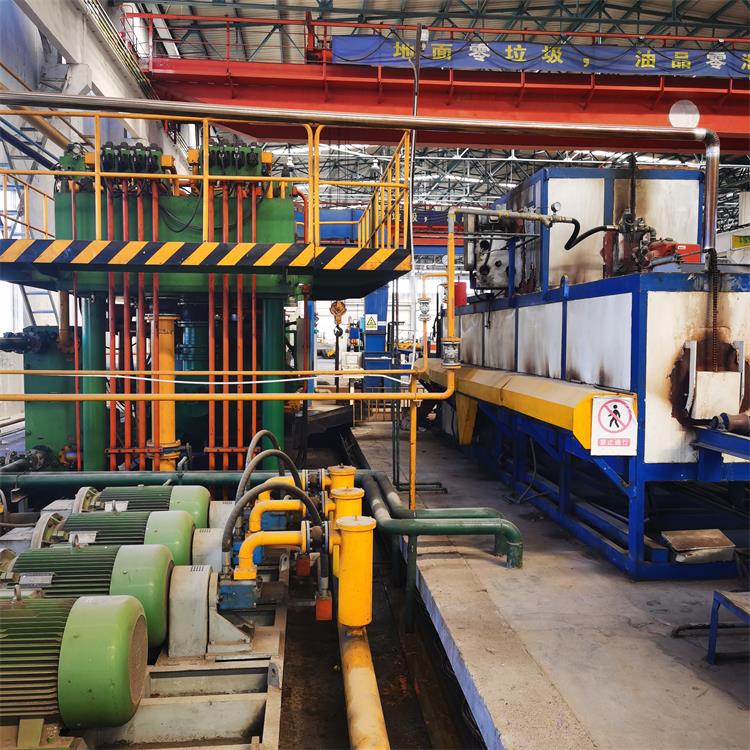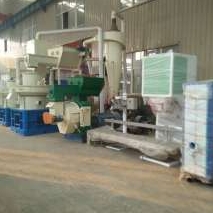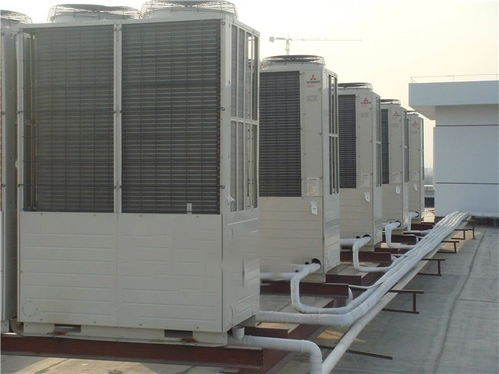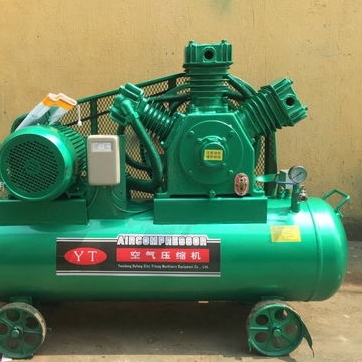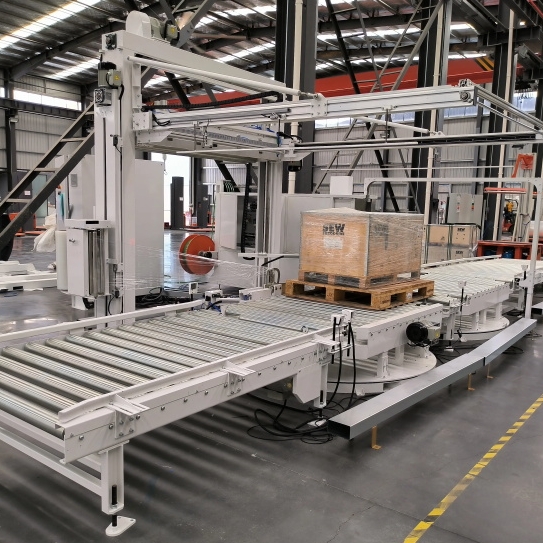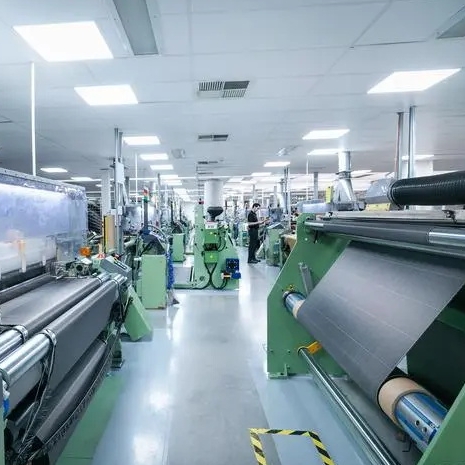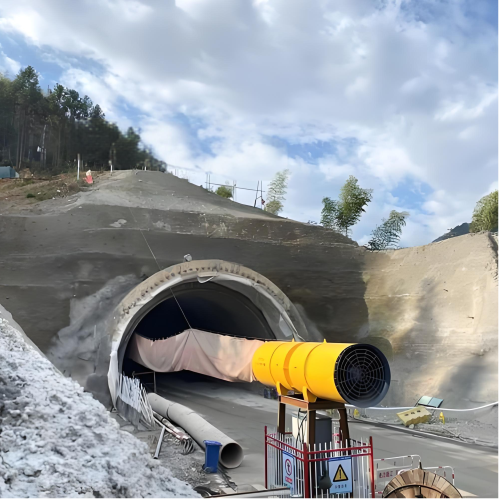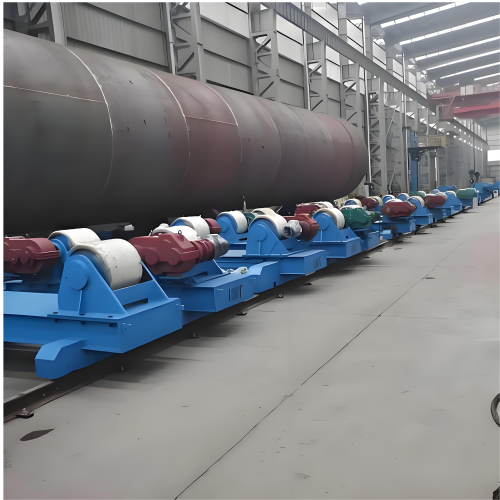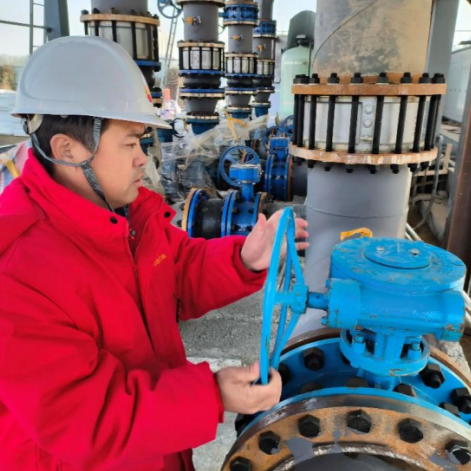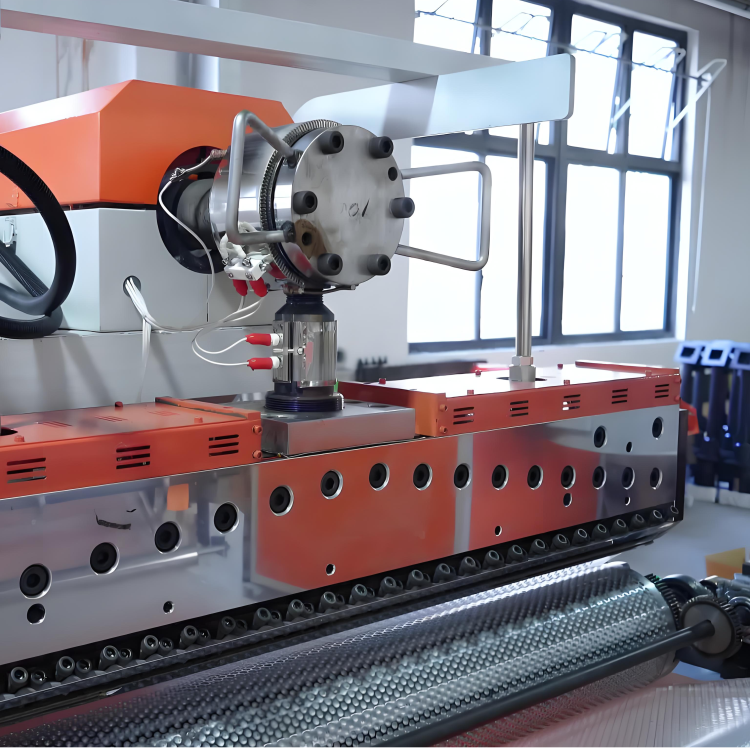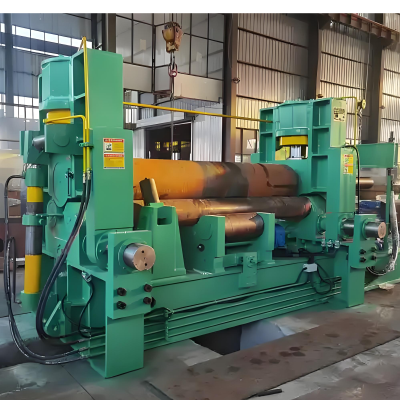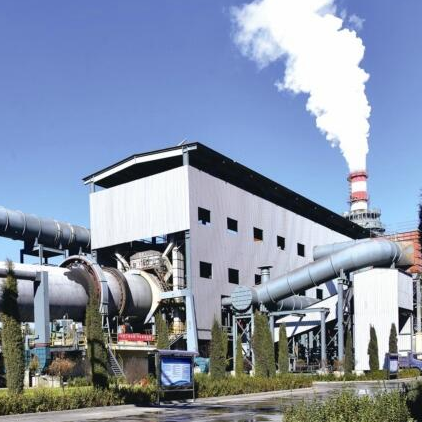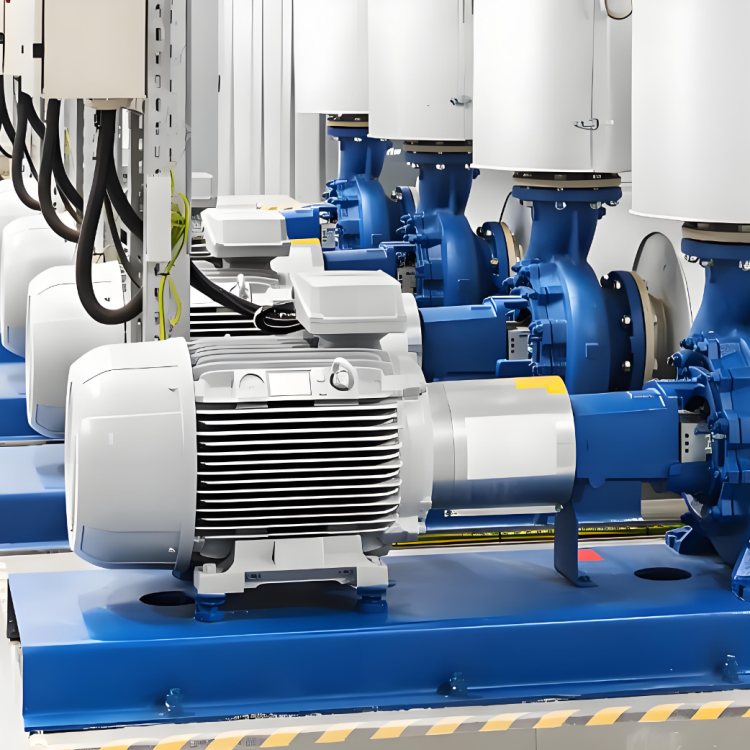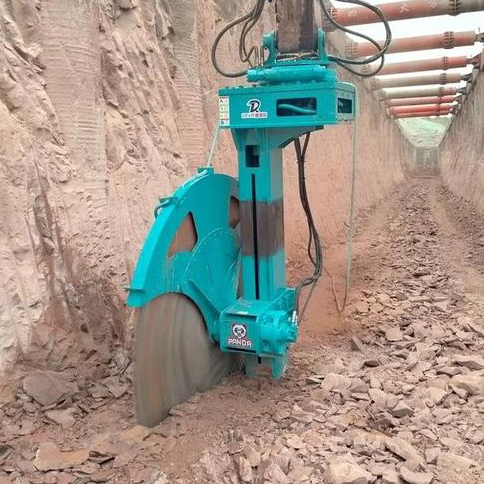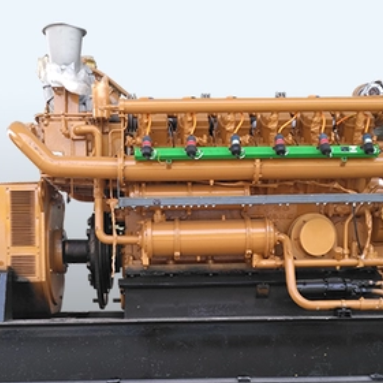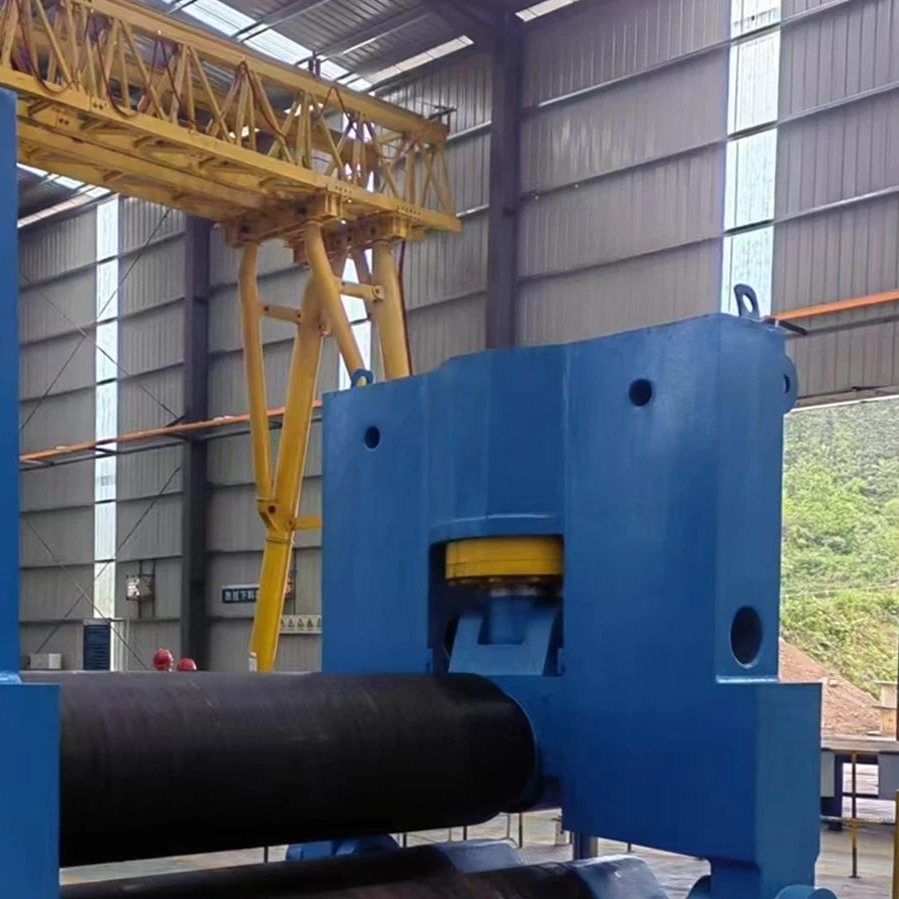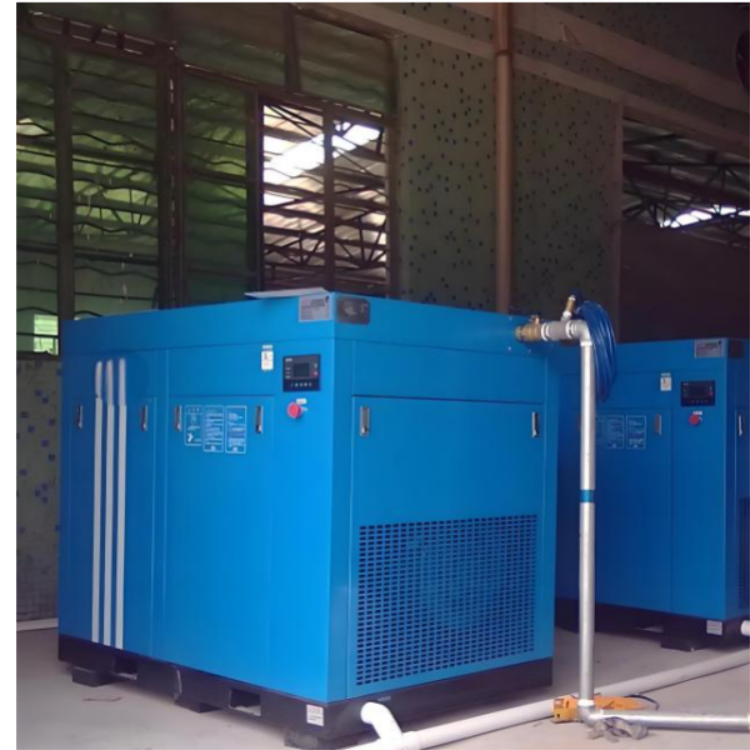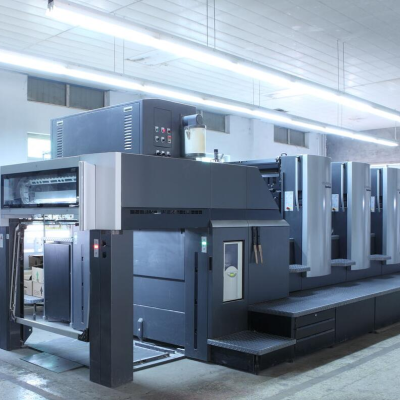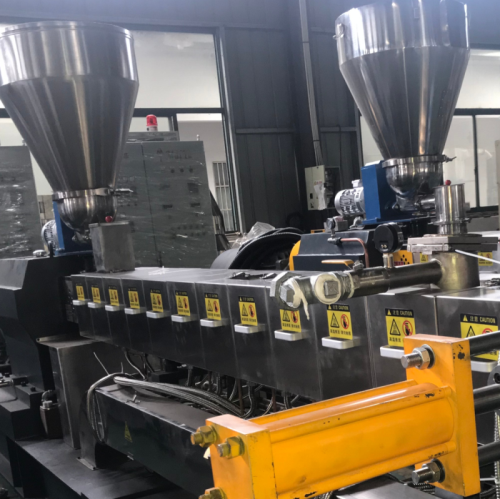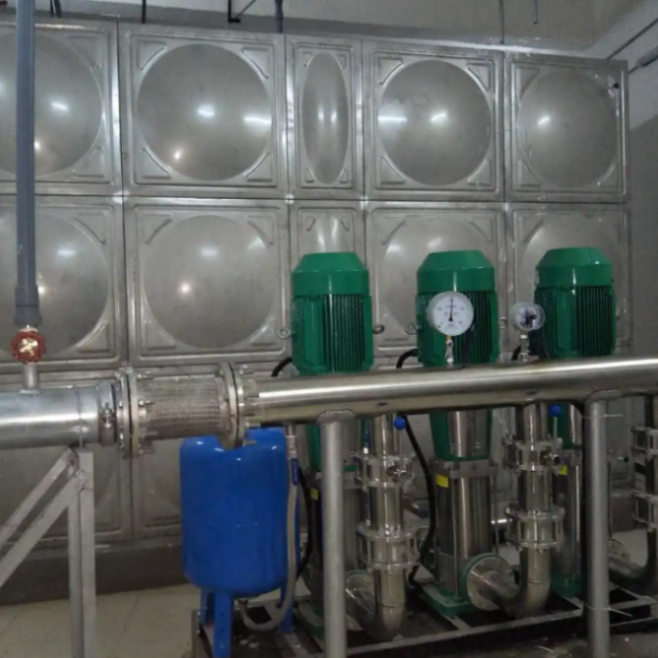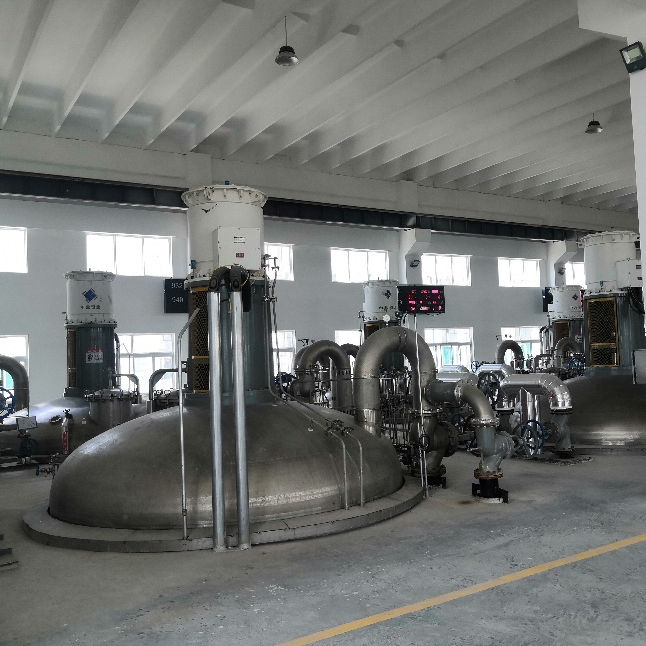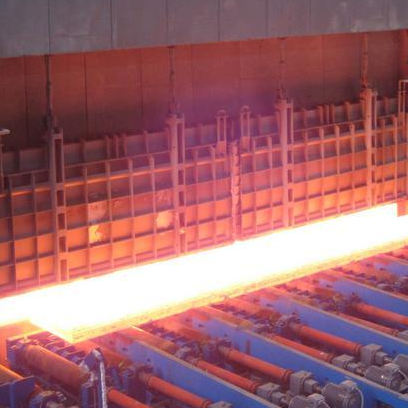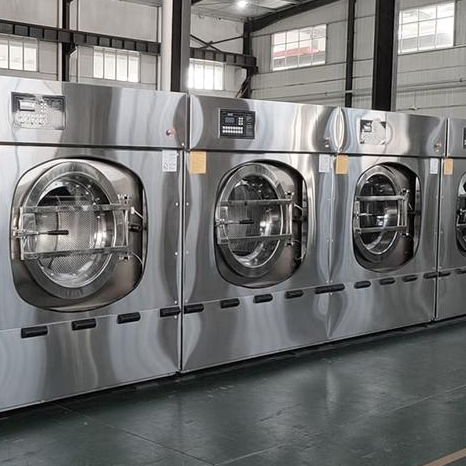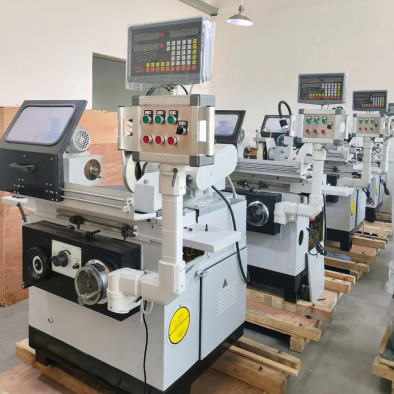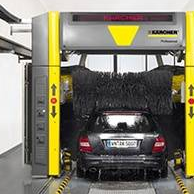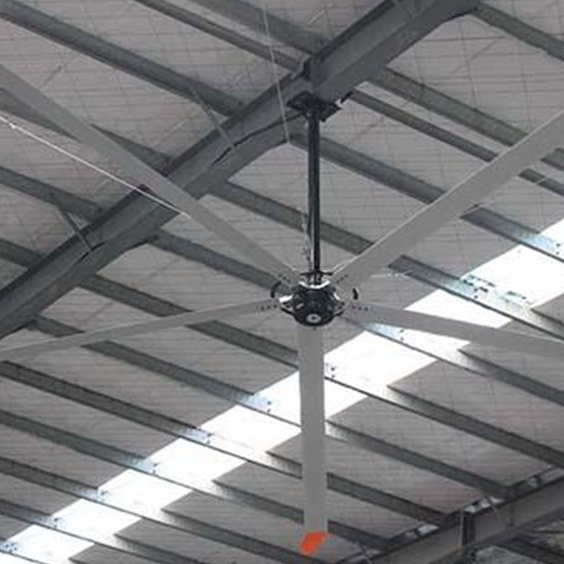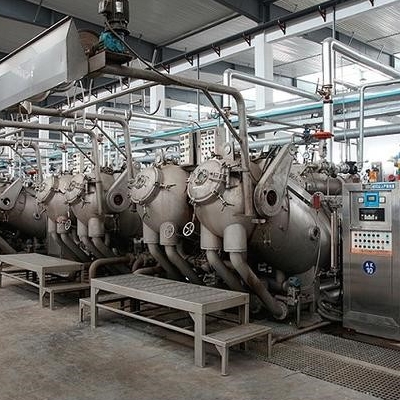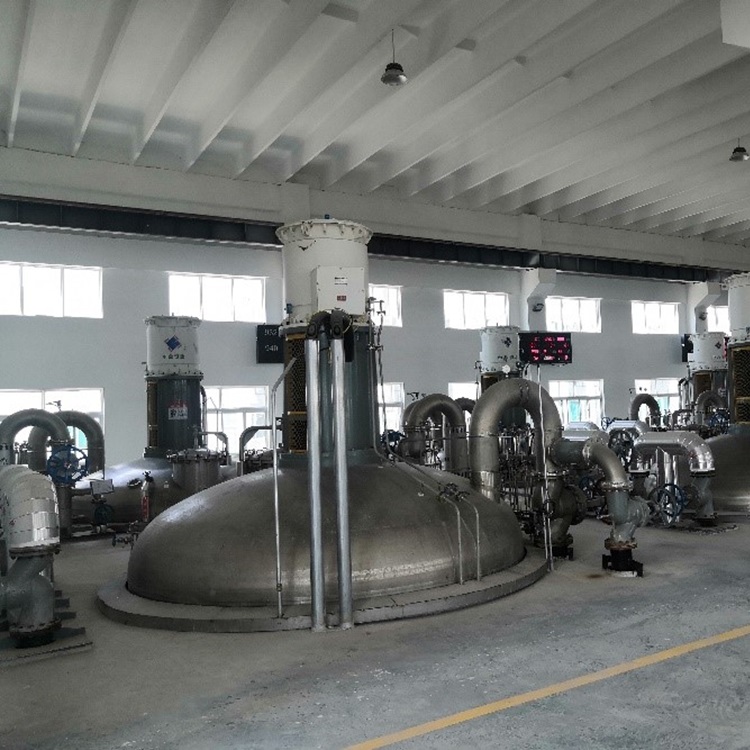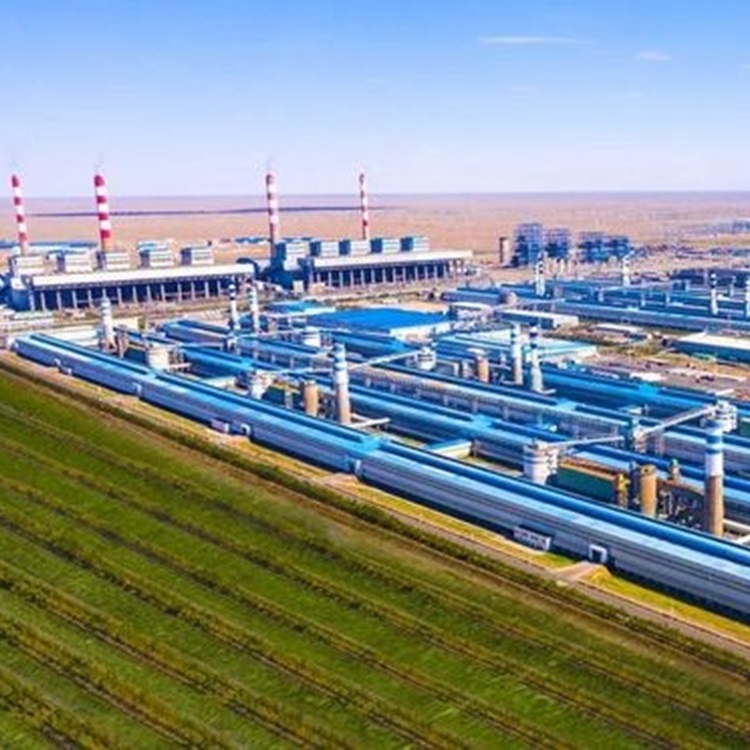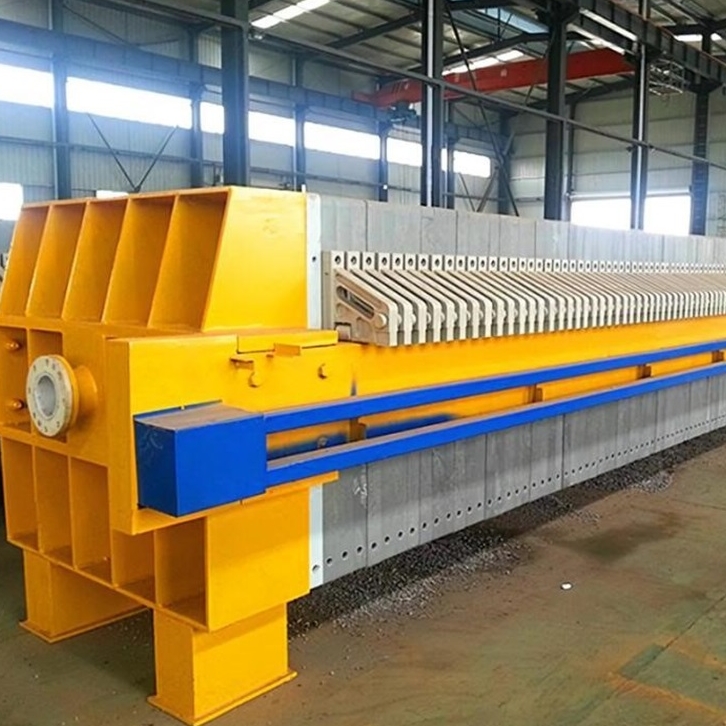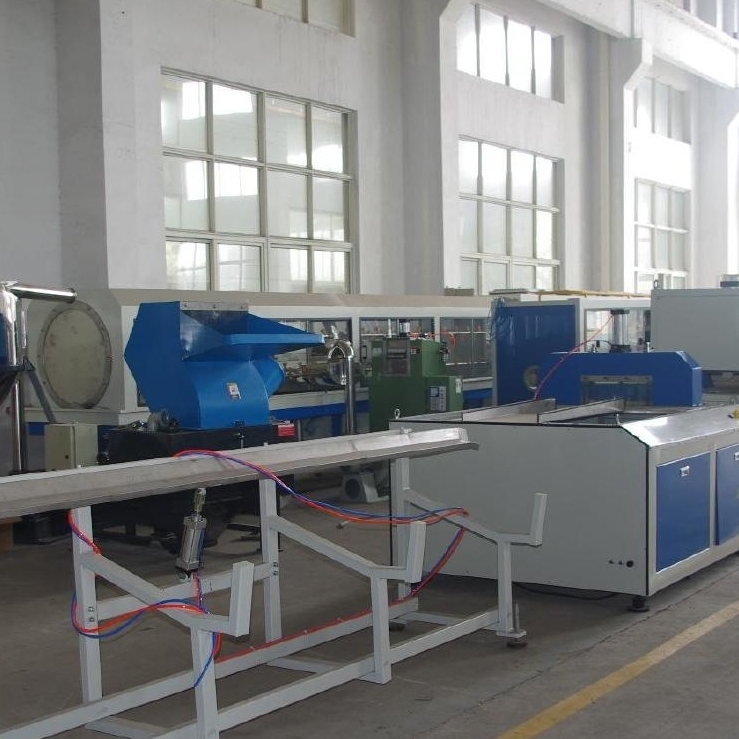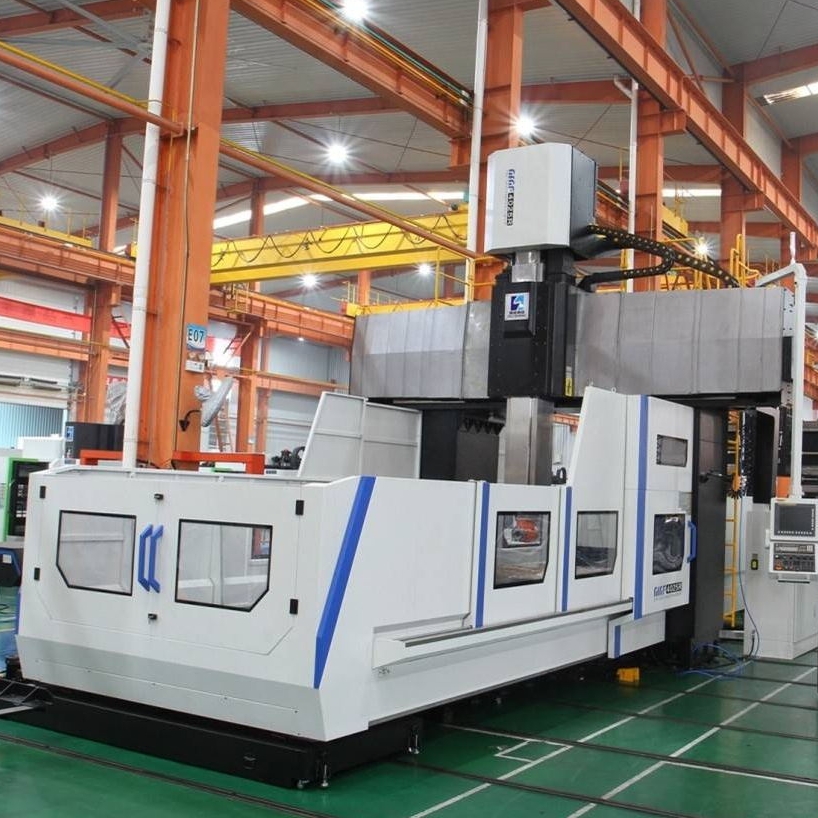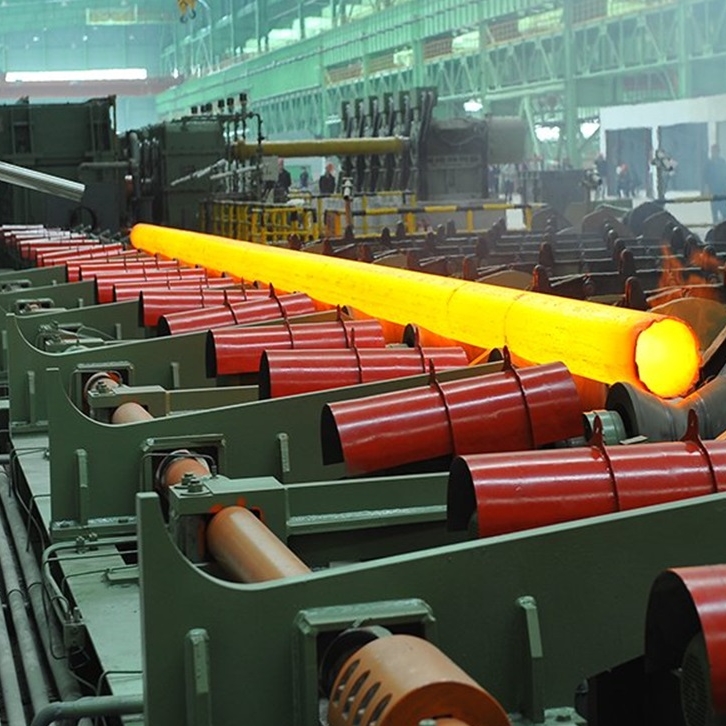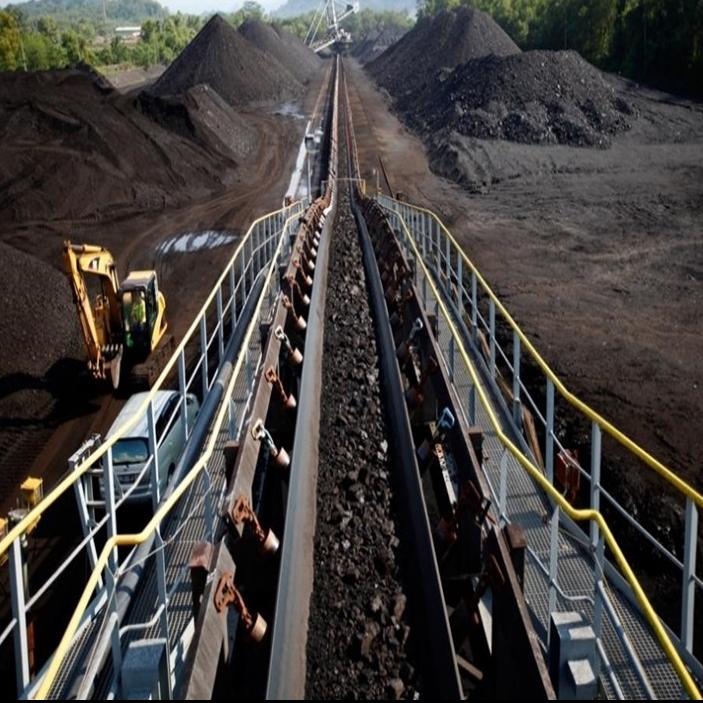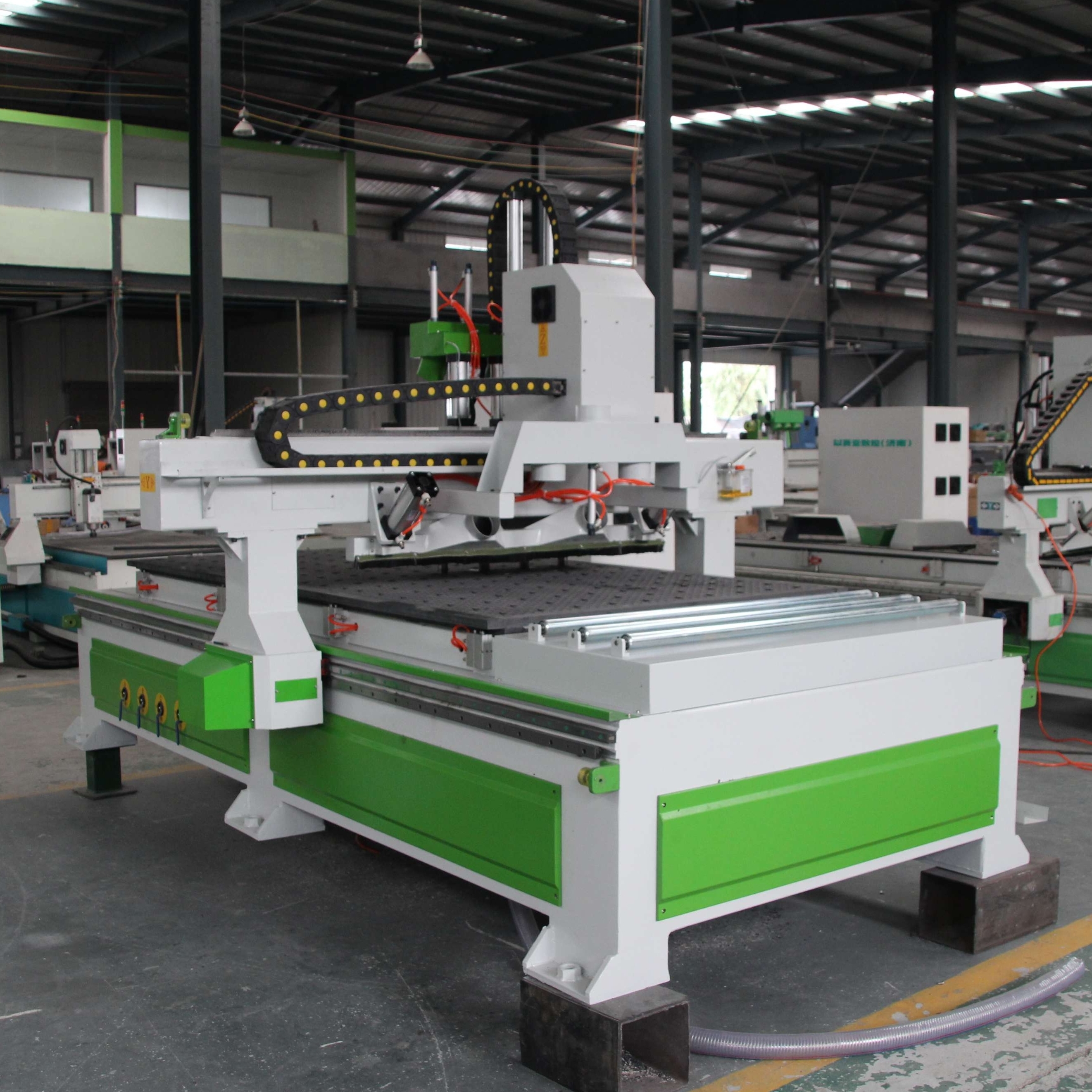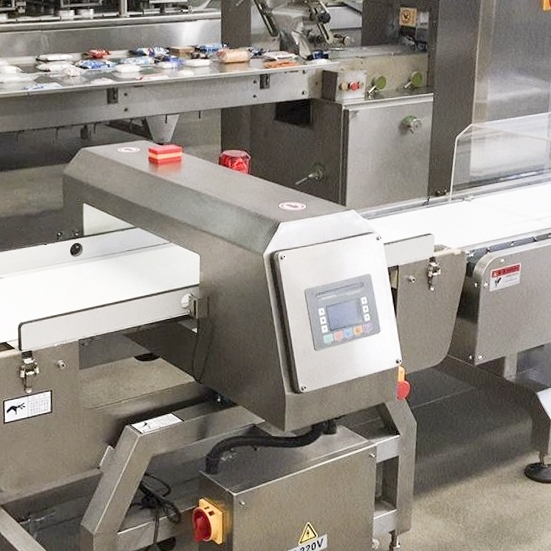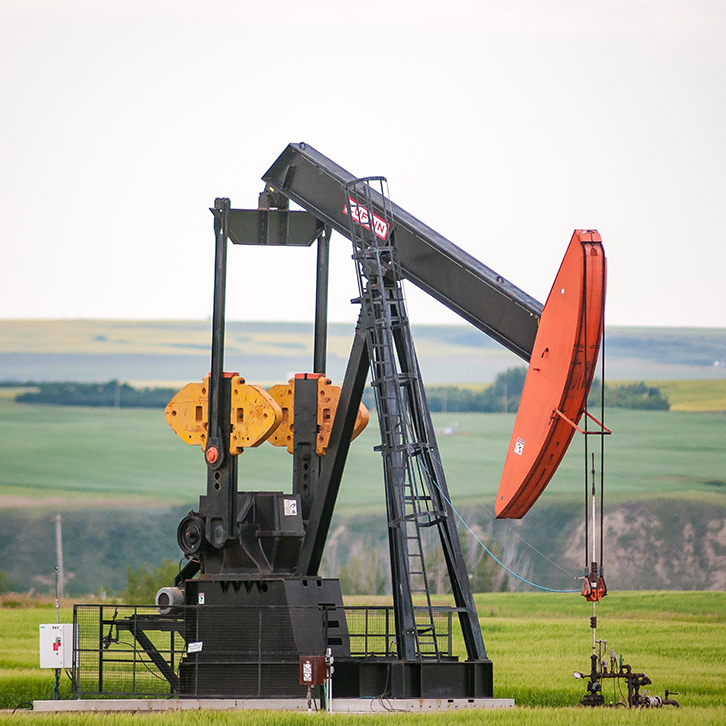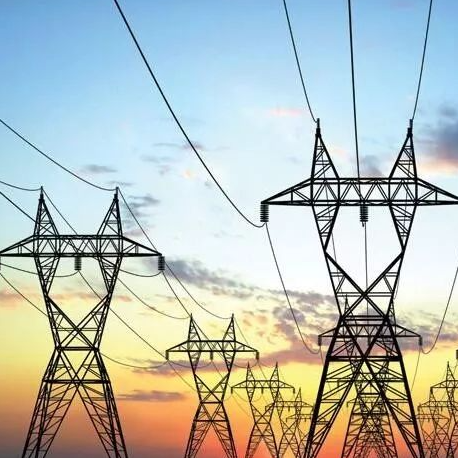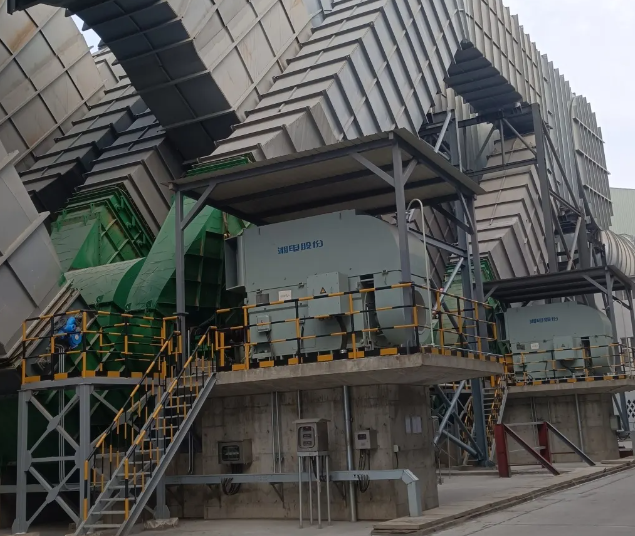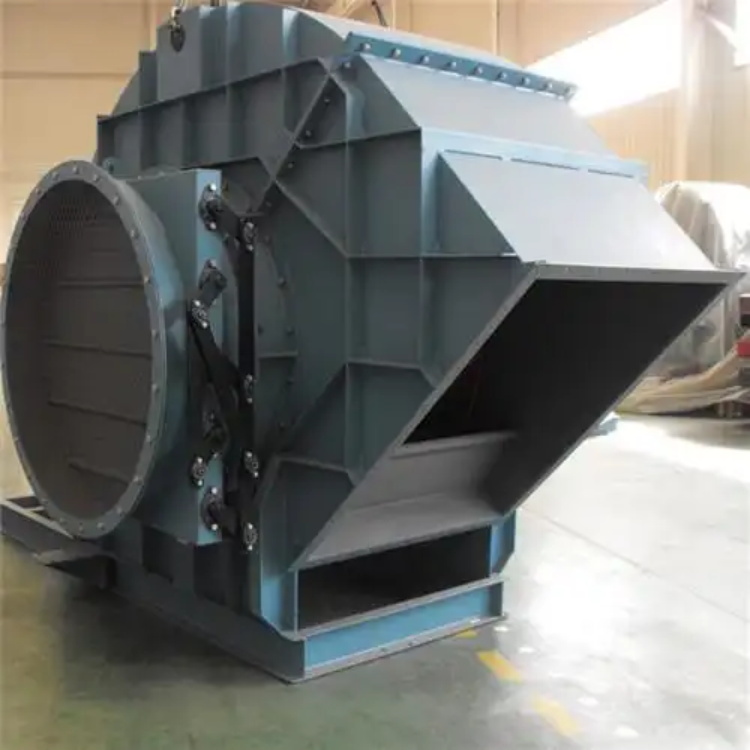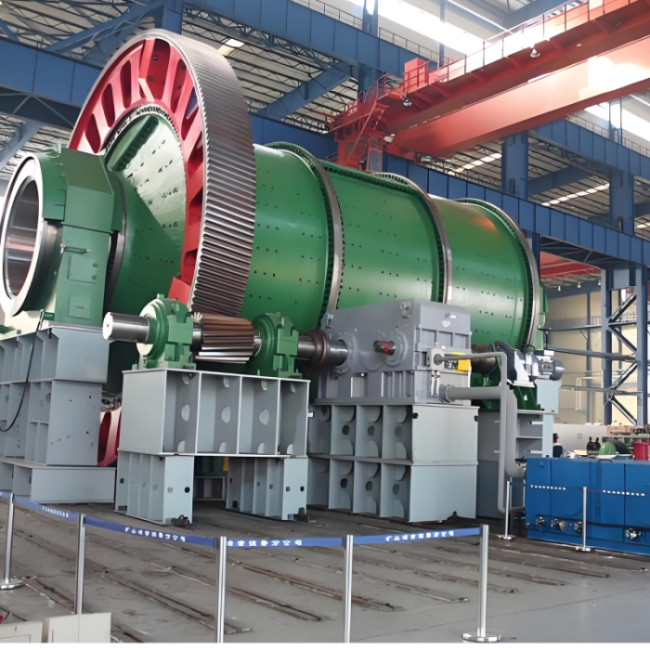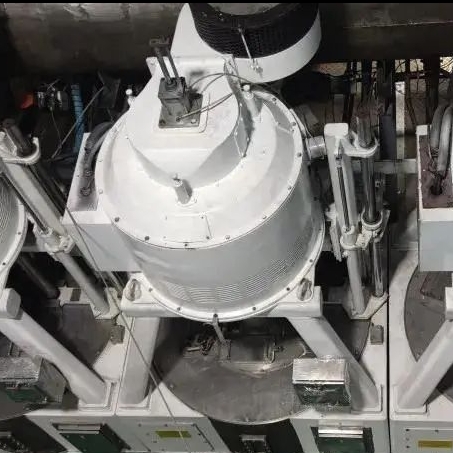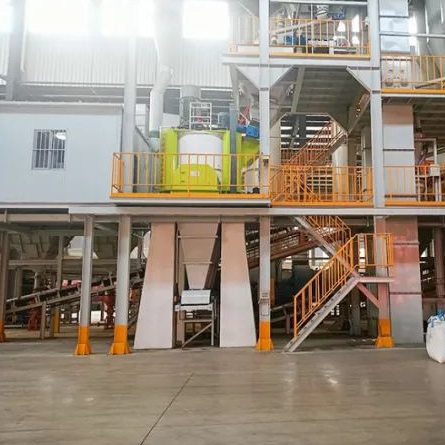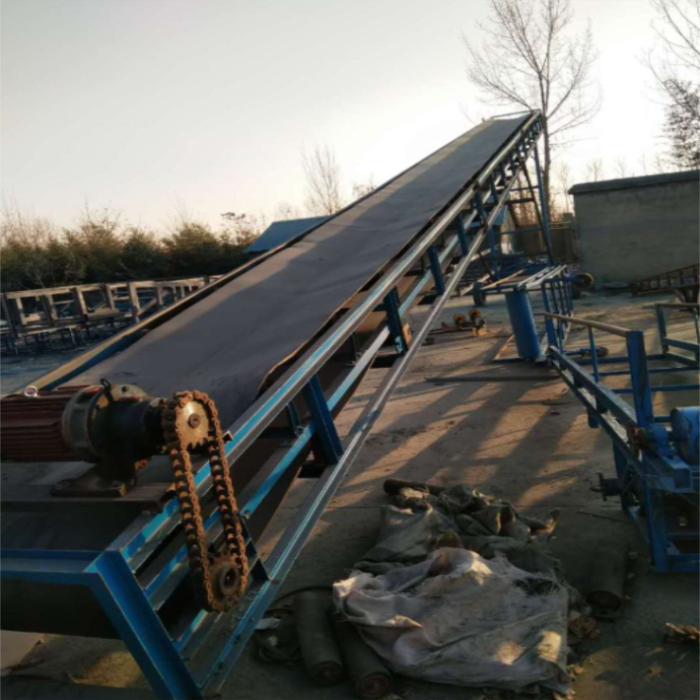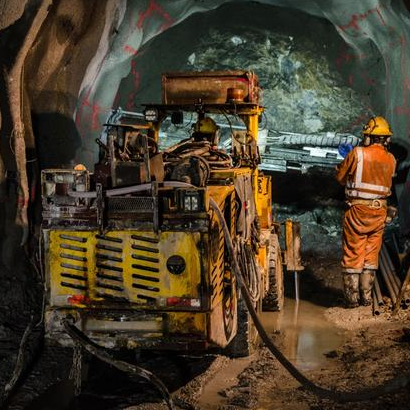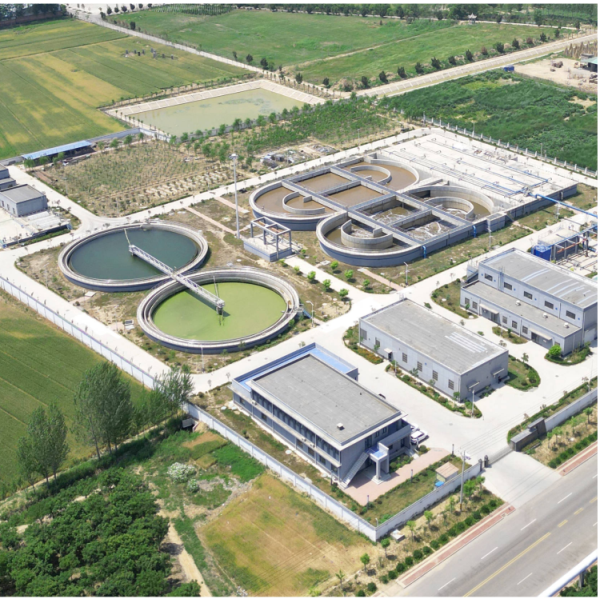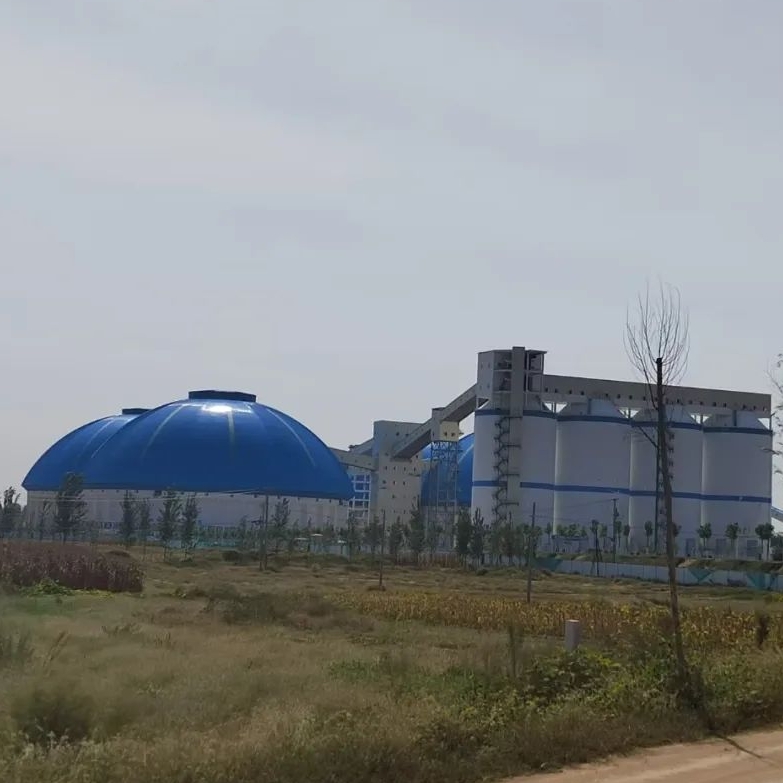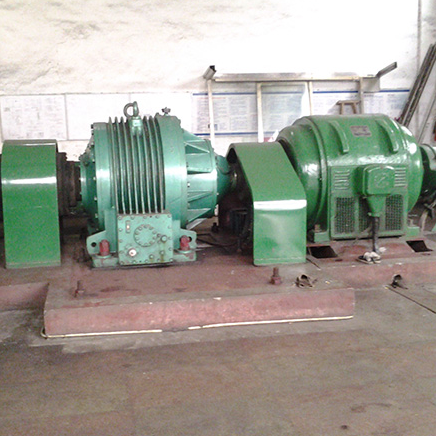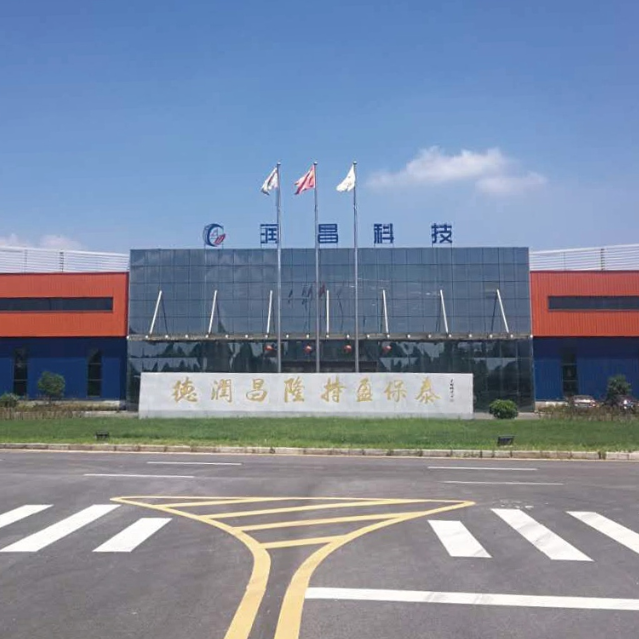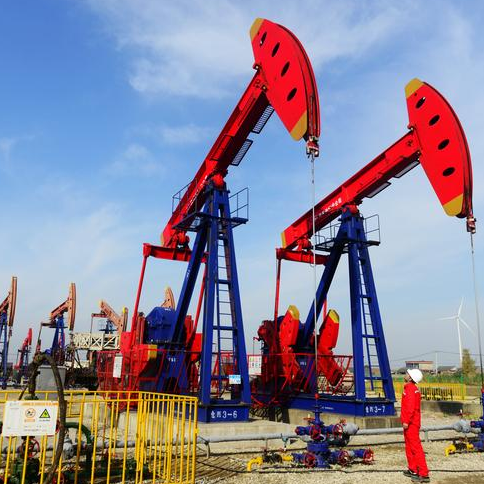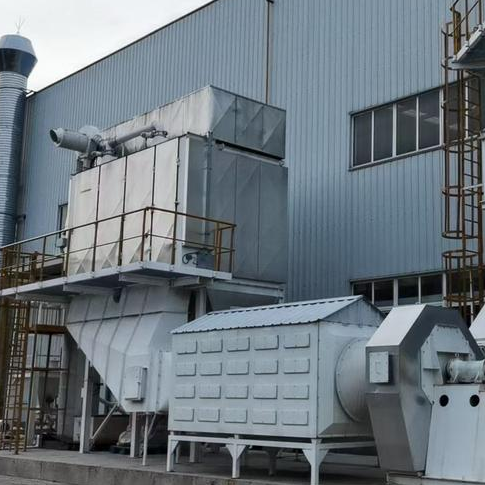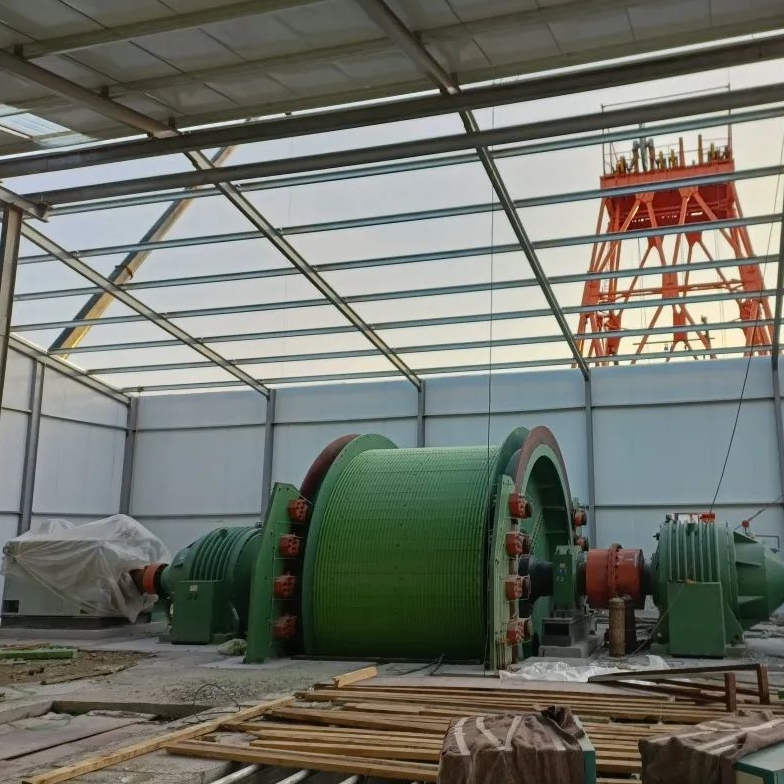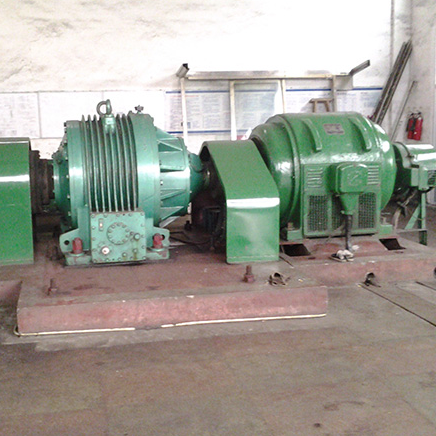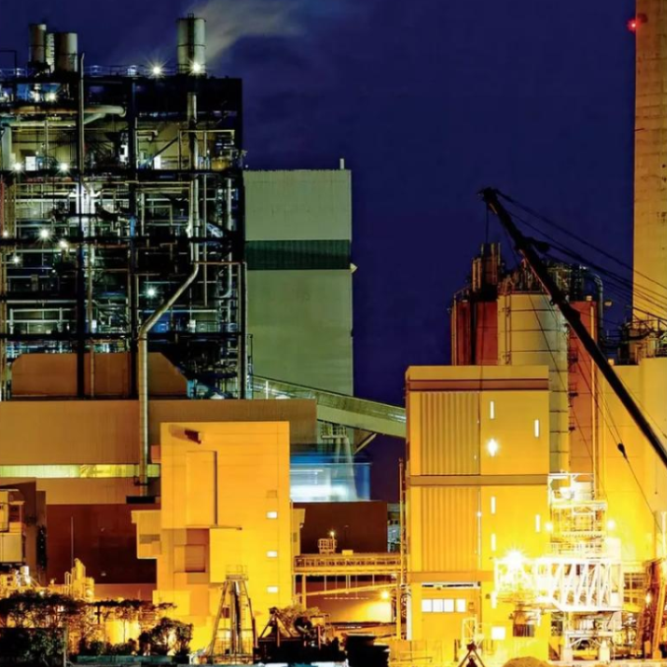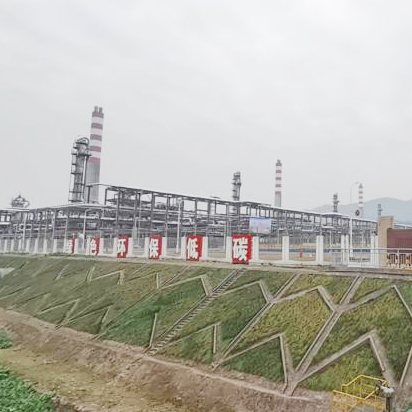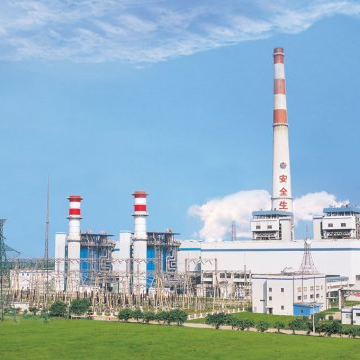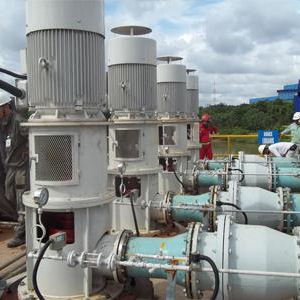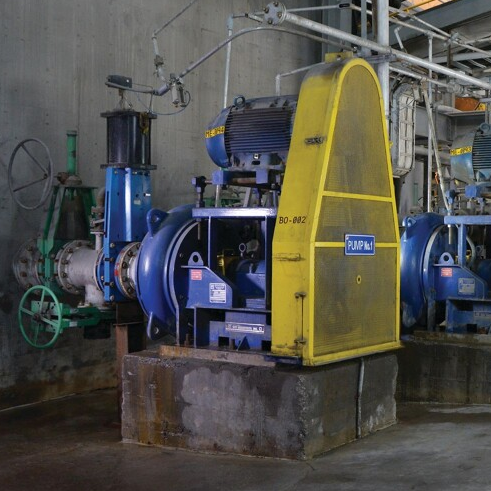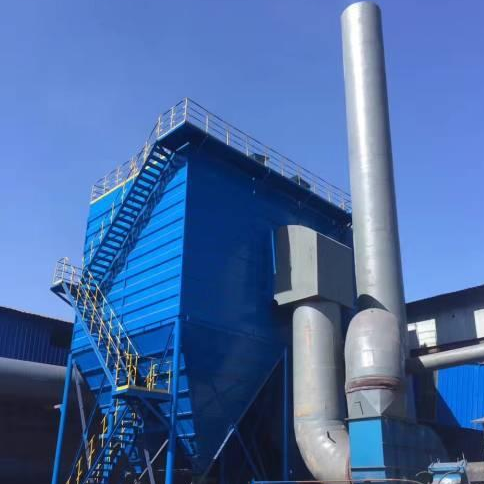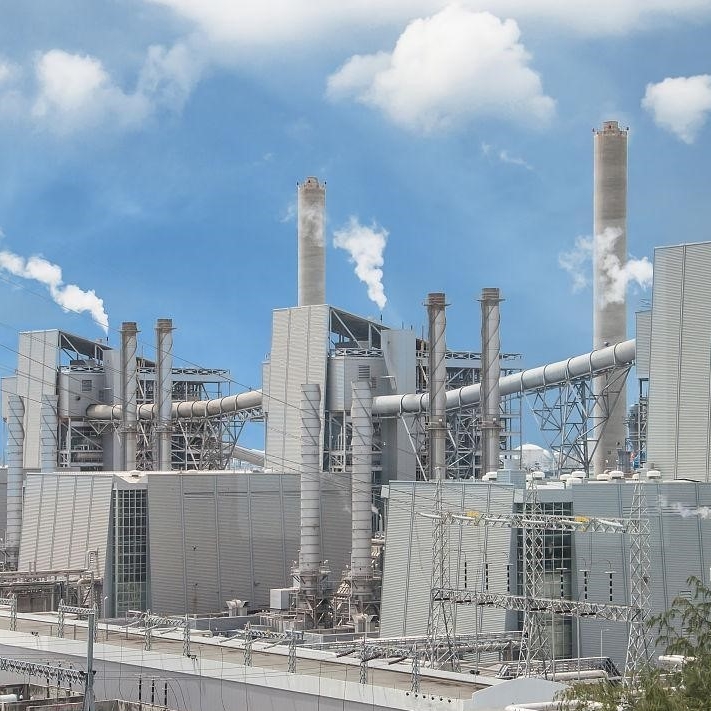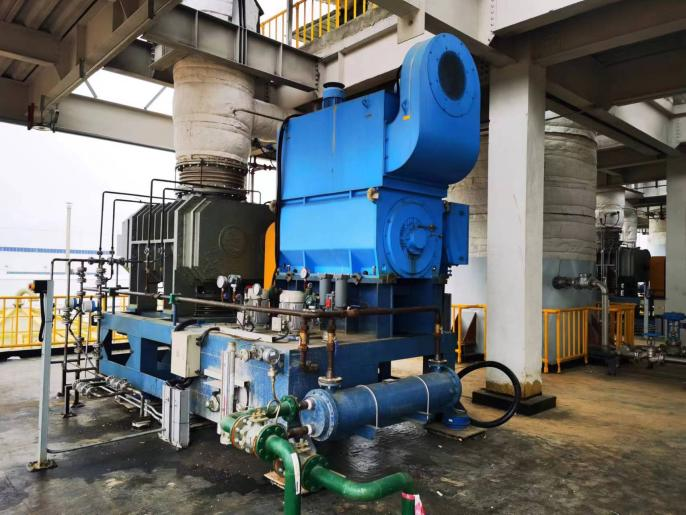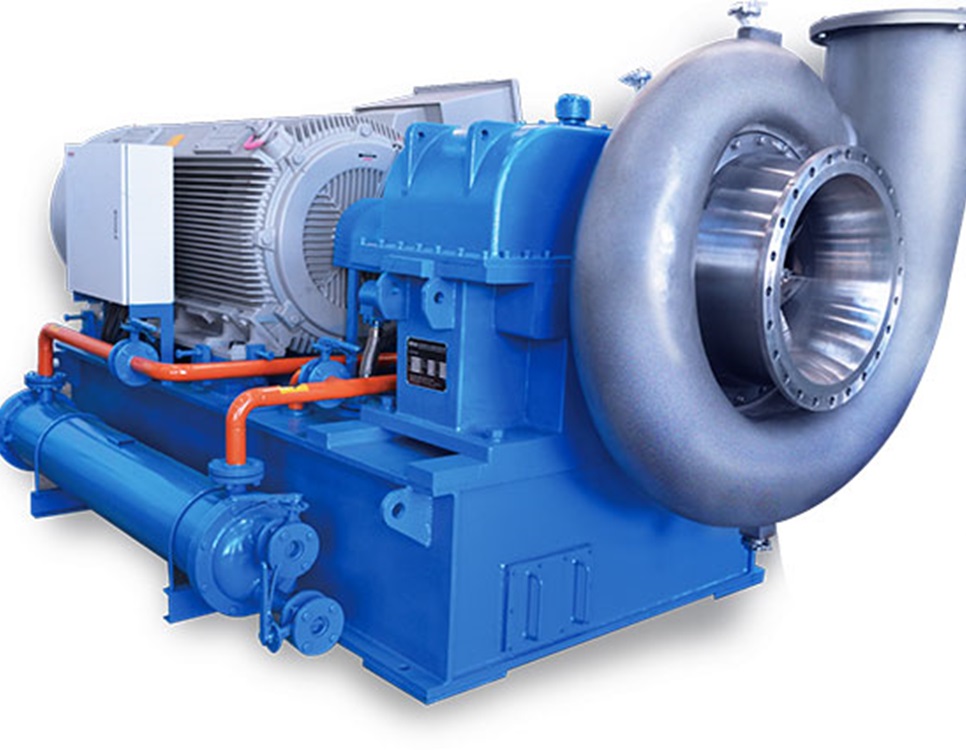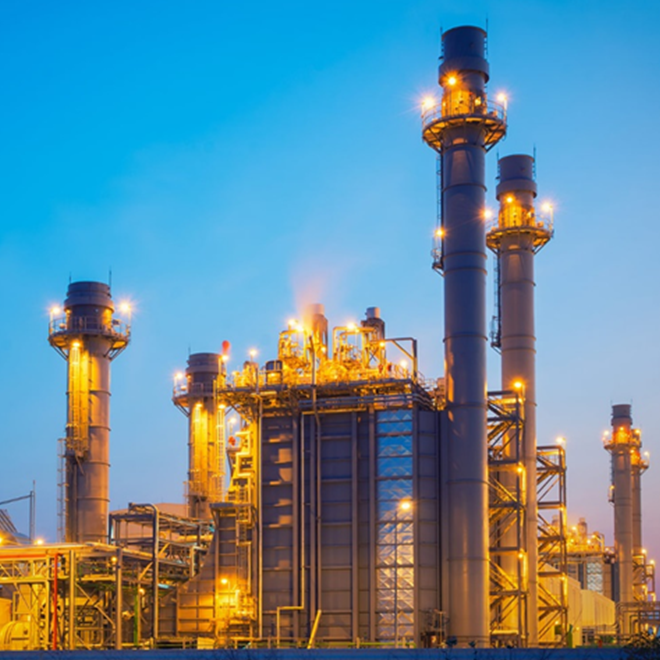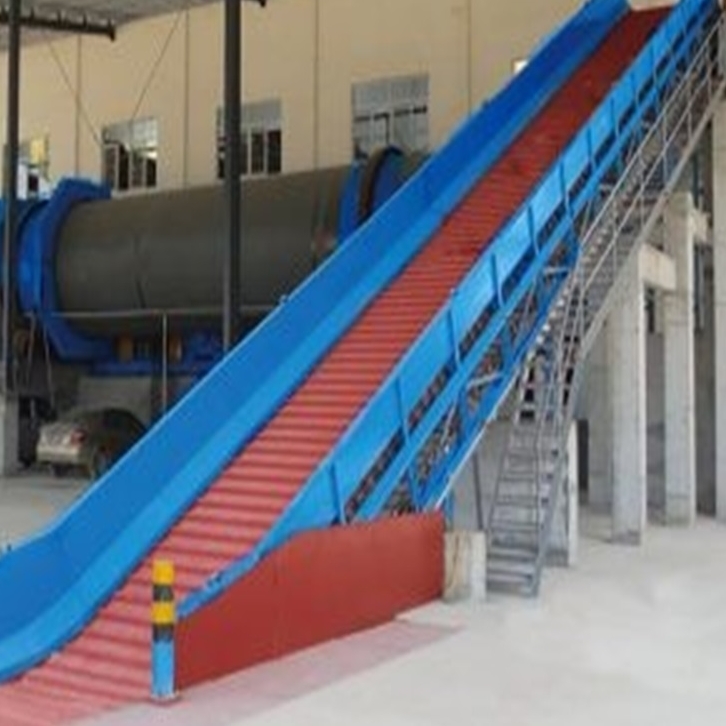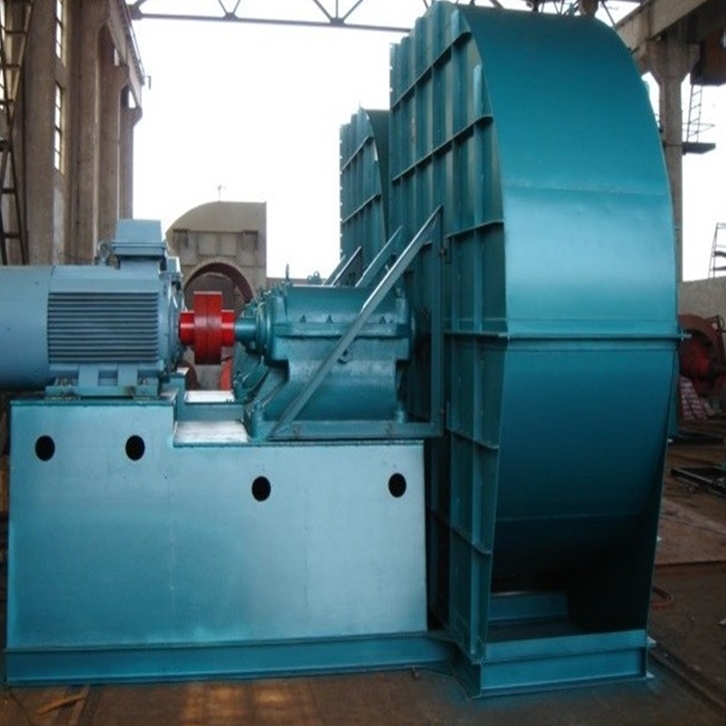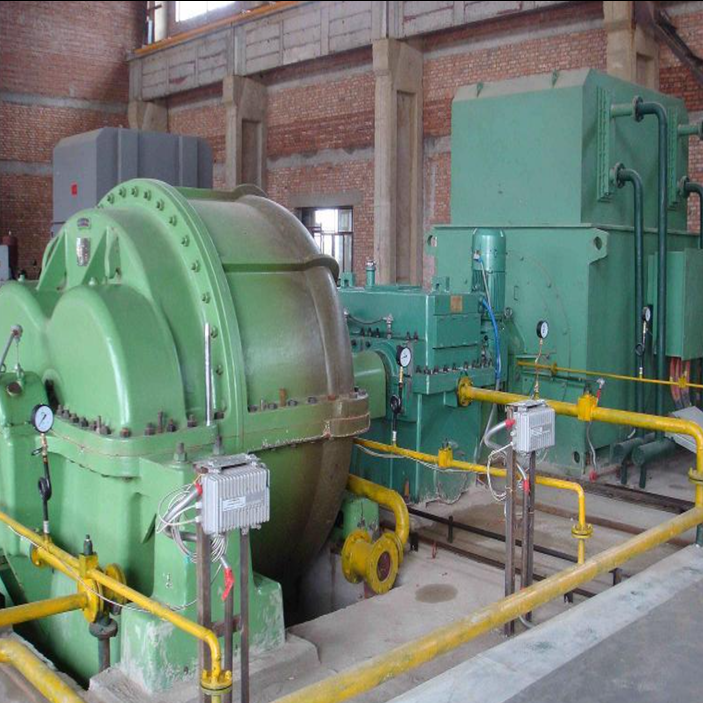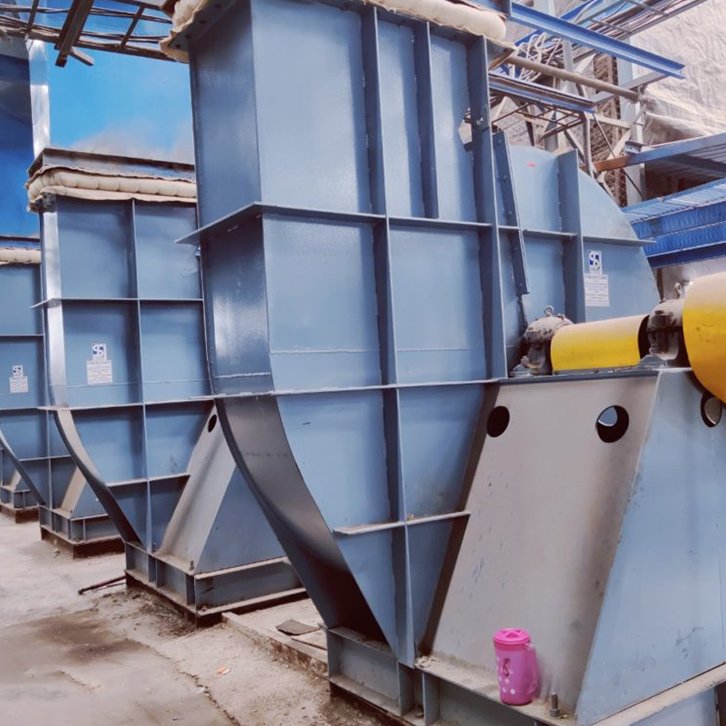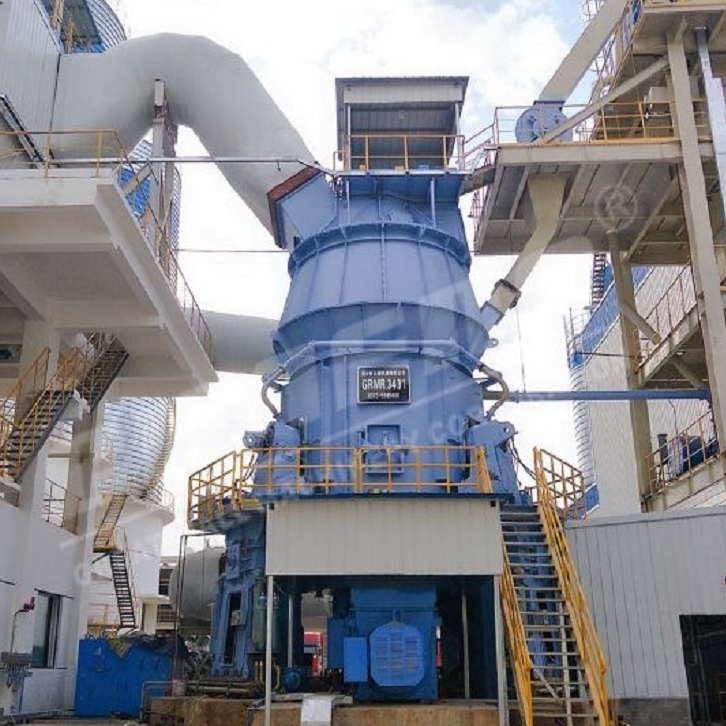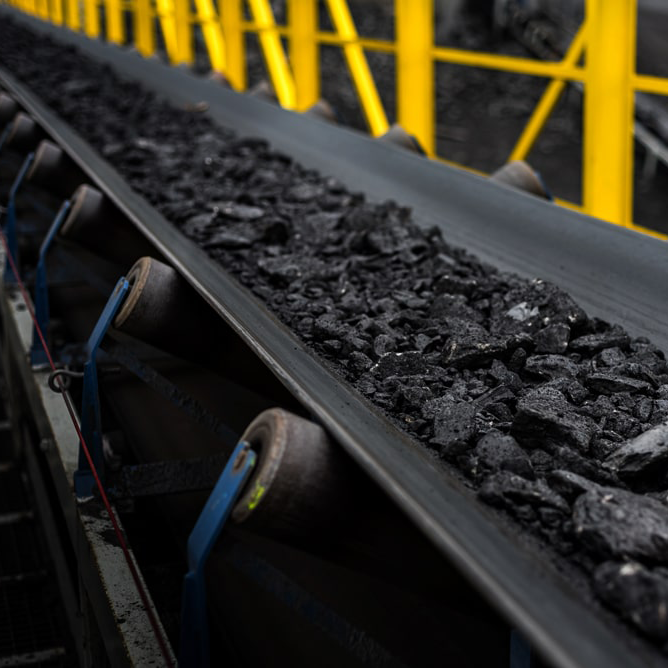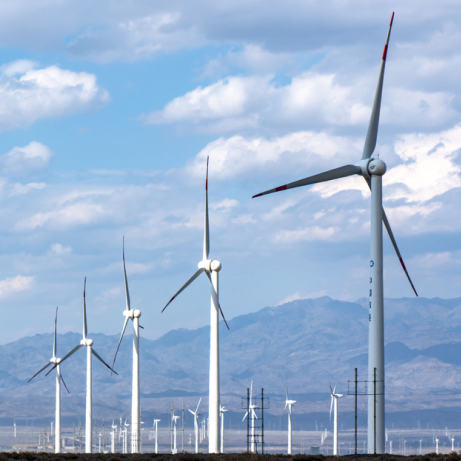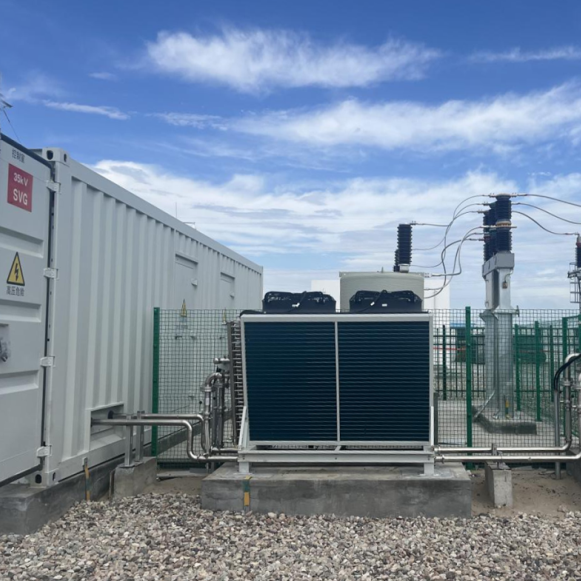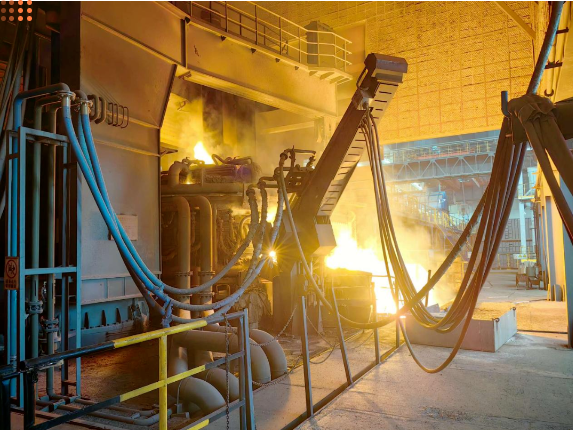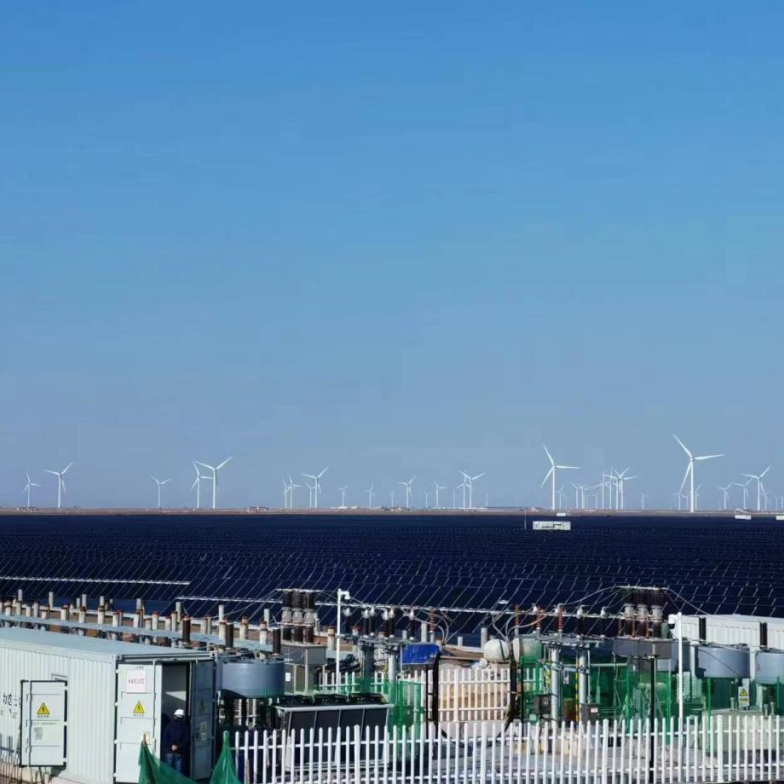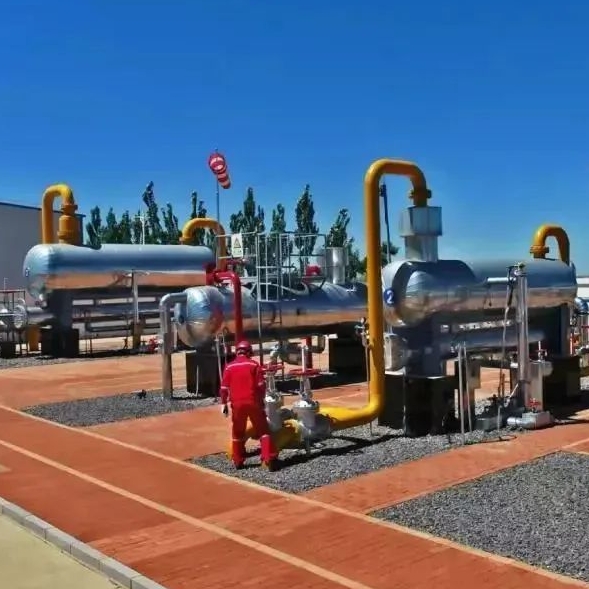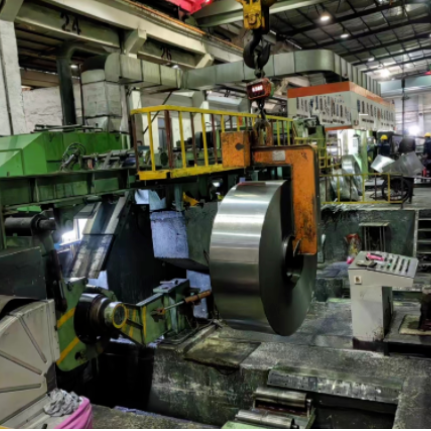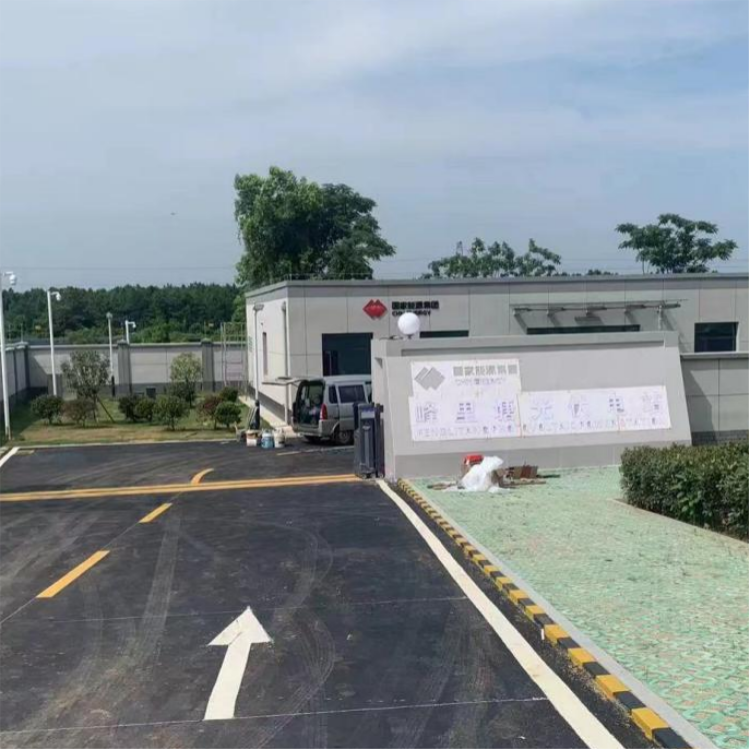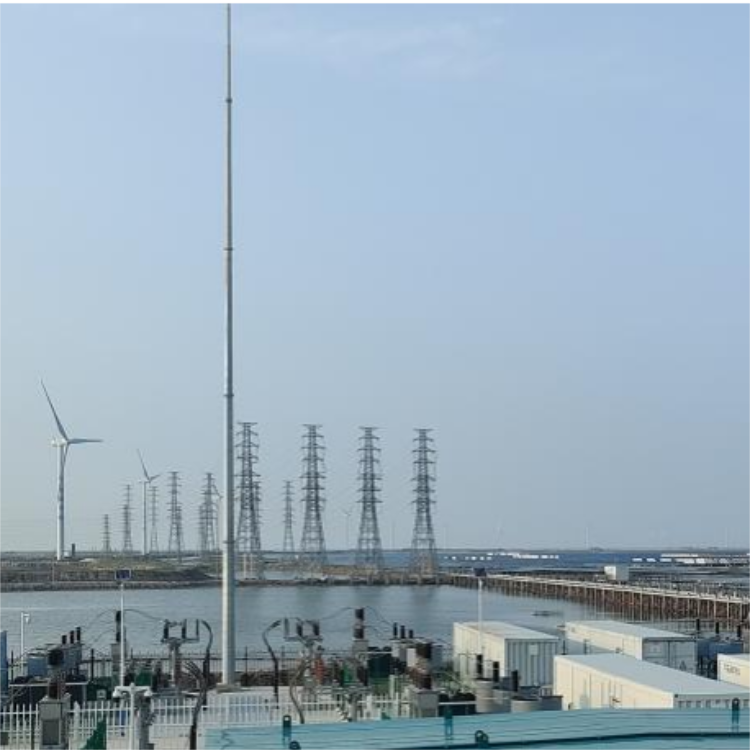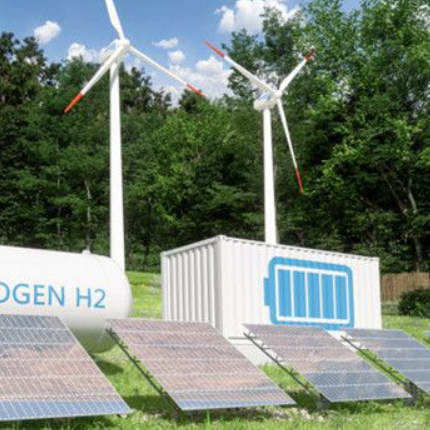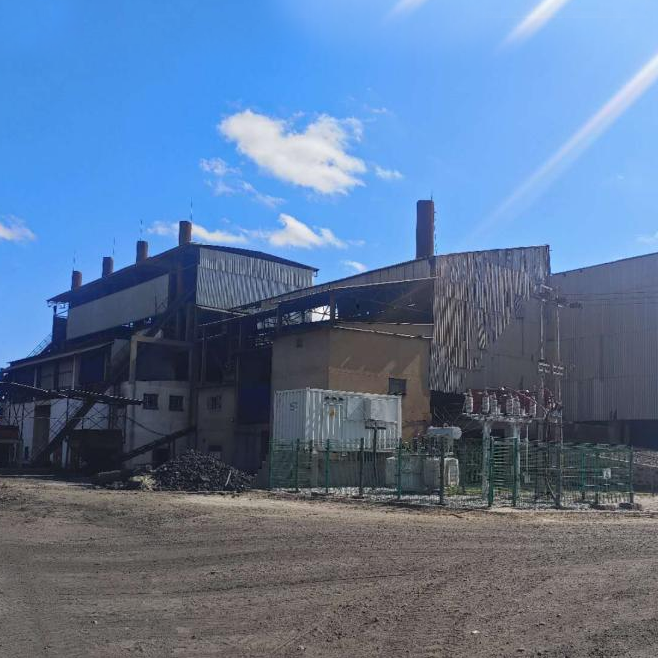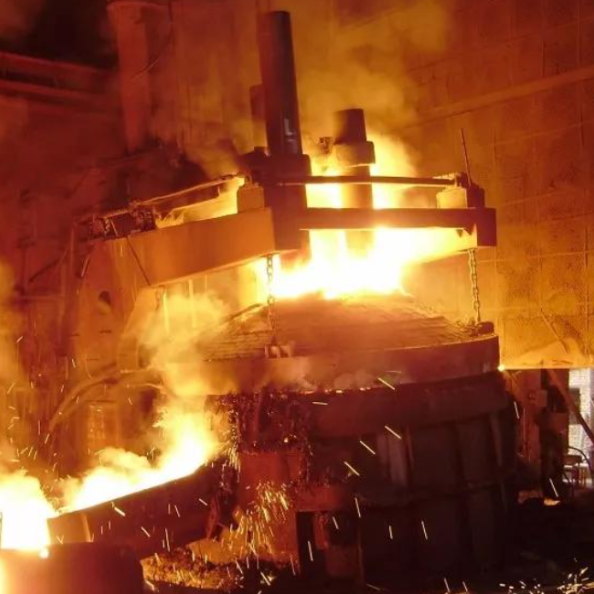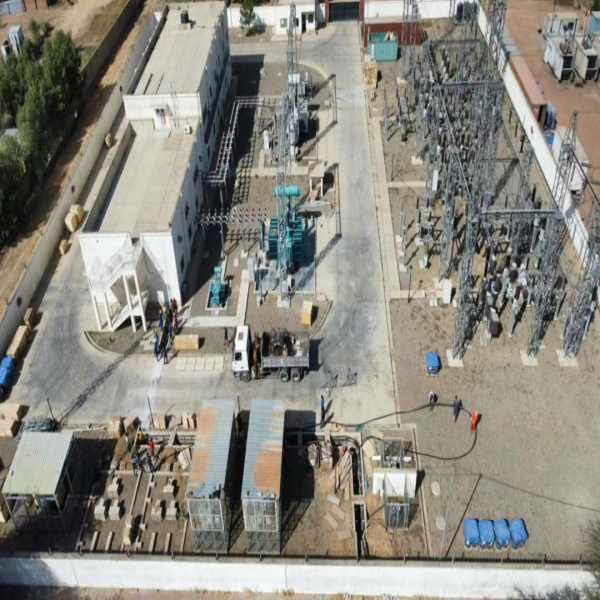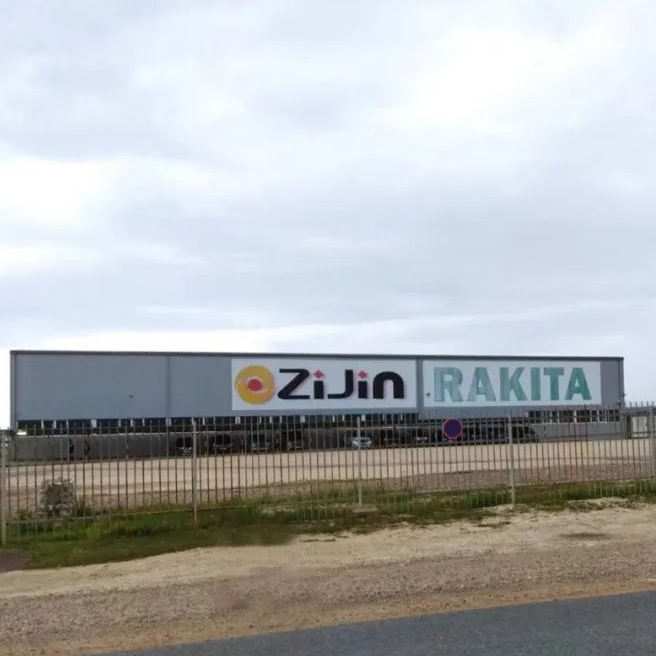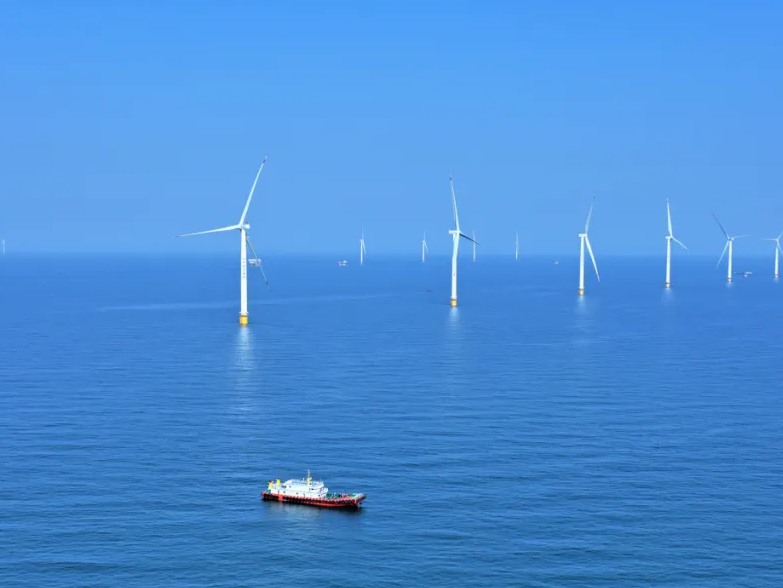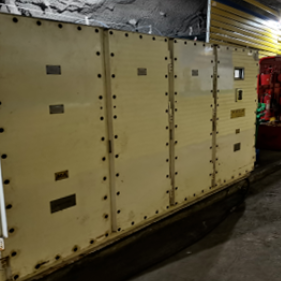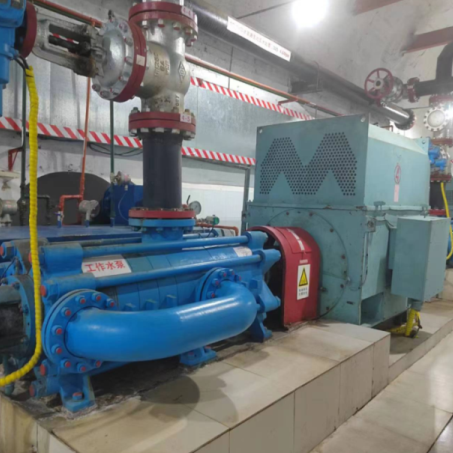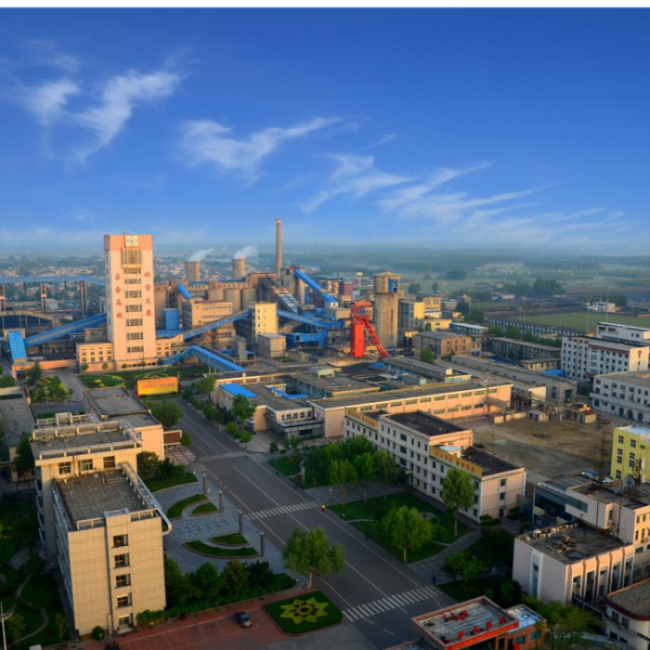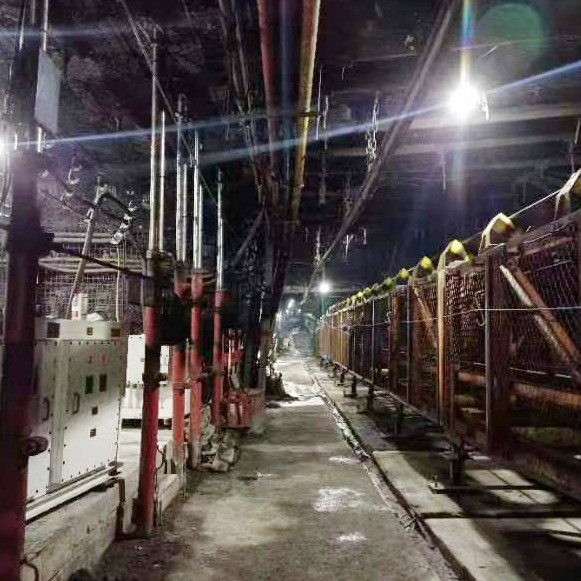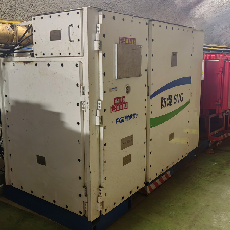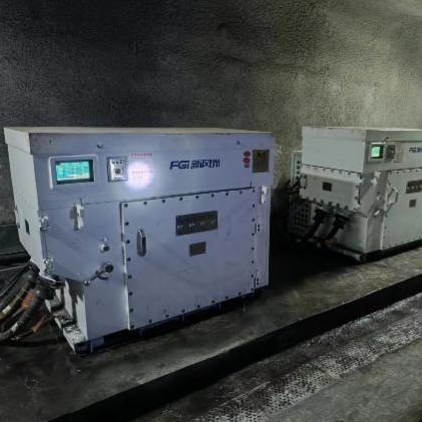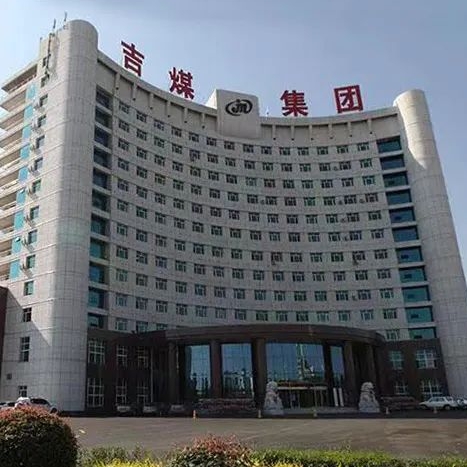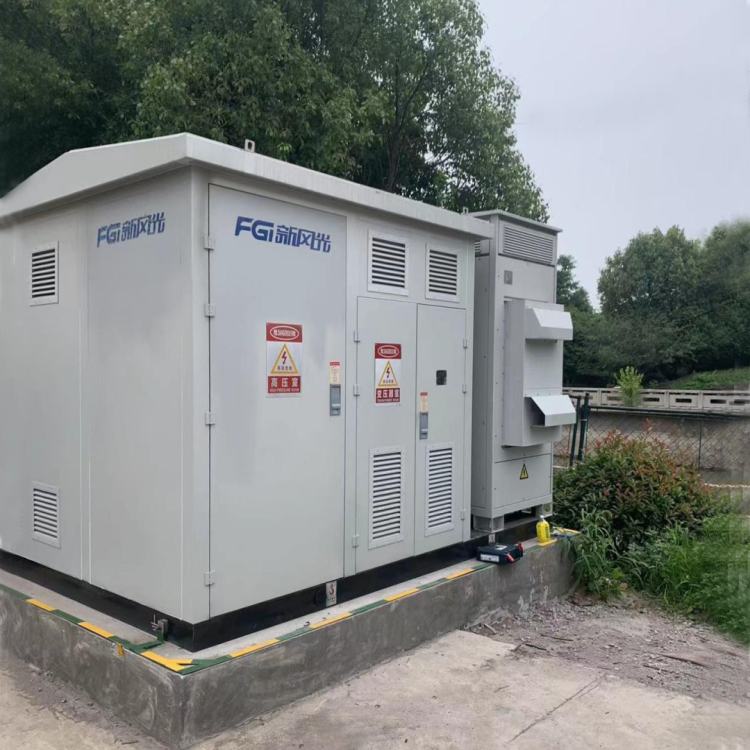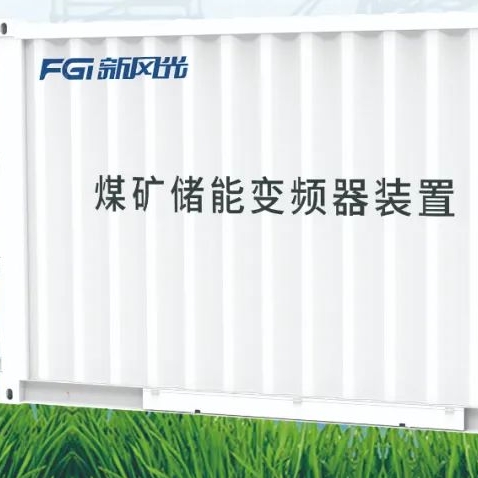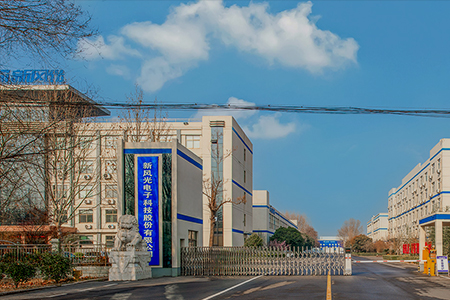Abstract: Belt conveyor is the main equipment to ensure high production and efficiency in modern coal mines. The successful application of the FGI FD300 series high-performance vector frequency inverter in coal mine belt conveyors reflects its excellent vector control and master-slave synchronous control characteristics, which has practical economic and social significance for building an energy-saving society and increasing the economic benefits of coal mining enterprises.
1.Introduction
The traditional belt conveyor adopts a power frequency operation mode. Due to the long-term power frequency operation of the motor and the efficiency of the hydraulic coupling, the operation of the belt conveyor is very uneconomical; At the same time, due to the inability of the motor to use soft start and soft stop, it generates severe impacts on the machinery, accelerating its wear and tear; The wear and maintenance of belts and hydraulic couplings can also bring significant cost issues to enterprises. The frequency conversion transformation of belt conveyors in coal mining enterprises has practical economic and social significance in saving social energy and increasing the economic benefits of coal mining enterprises.
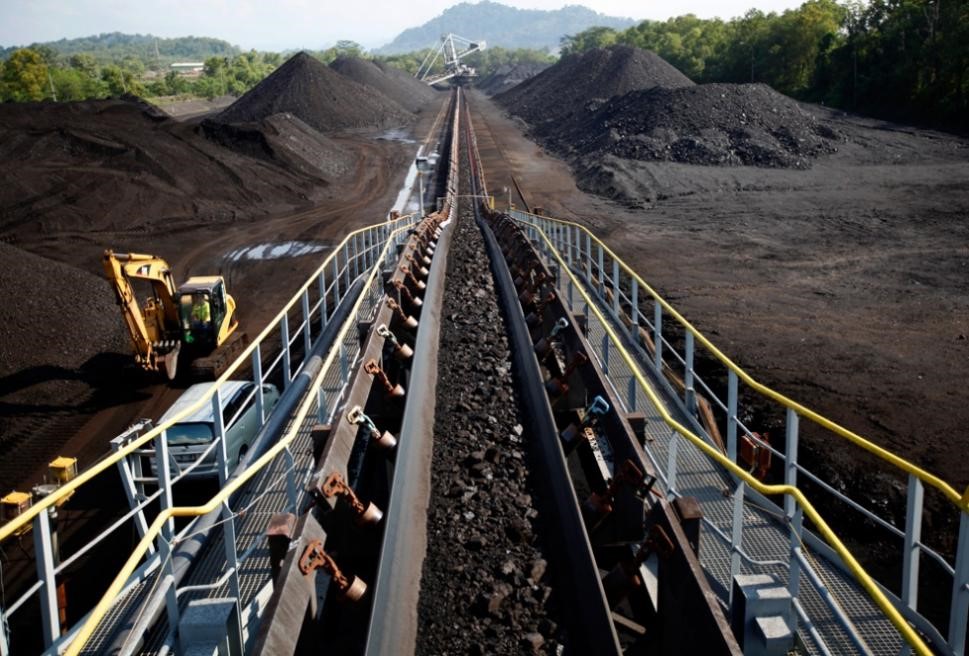
2. Technical requirements for frequency inverters for belt conveyors
Belt conveyor is a widely used transmission machinery in mines, chemical industries, and cement plants.
A belt conveyor is composed of a driving device, a tensioning device, a middle frame of the conveyor belt, and a supporting roller, which serves as a traction and load-bearing component to continuously transport loose and broken materials or finished products. A universal belt conveyor is composed of a conveyor belt, rollers, rollers, and driving, braking, tensioning, changing direction, loading, unloading, cleaning and other devices.
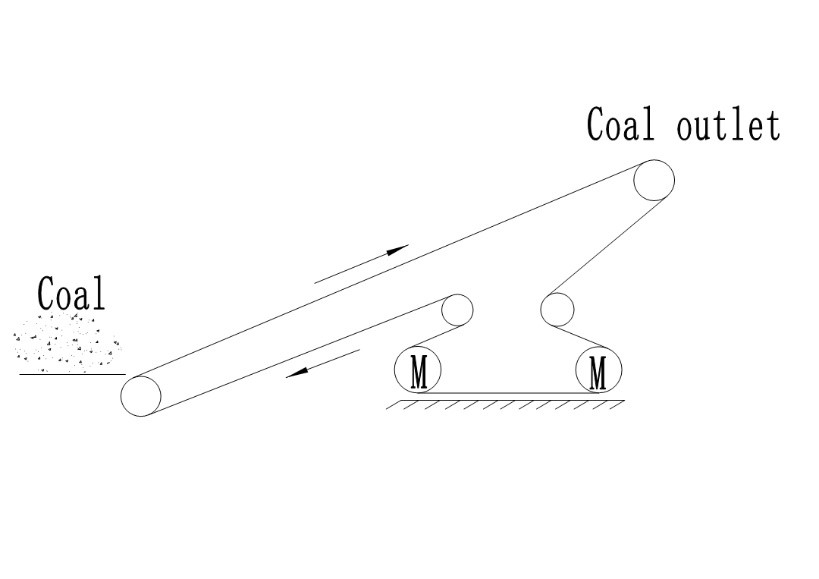
The working principle and characteristics of a belt conveyor: The belt conveyor drives the drum through the driving wheel and pulls the belt through friction to move. The belt drives objects to move on the supporting rollers through tension deformation and friction. Belt is an elastic energy storage material that stores a large amount of potential energy when the belt conveyor stops and runs. This determines that the requirements for drag technology are increasing when the belt conveyor starts. The basic requirements are as follows:
1) Simple control, excellent starting characteristics, good speed regulation performance, and large starting torque;
(2) Energy saving;
(3) Reliable work with minimal maintenance;
(4) High cost performance ratio.
Comparison of various startup methods in current applications:
(1) Direct start: Its output torque is high, but the transmission of force is uneven, the tail reaction is slow, and there is accumulation phenomenon at the bottom of the belt.
(2) Hydraulic coupling startup: The belt conveyor slowly starts, and when it reaches a certain torque, the belt starts to run. During the startup process, there may be slipping, which can easily cause safety hazards.
(3) Soft start: When the belt conveyor is unloaded, it starts smoothly, reduces torque, and reduces impact, which can extend the service life of the motor, belt conveyor, and mechanical system. However, when overloaded, it needs to jump suddenly, which has a significant impact on the belt conveyor.
(4) Variable frequency speed regulation: Due to the wide speed regulation range and large starting torque of the variable frequency device, it can start slowly under heavy loads, with high starting safety. It has good synchronization performance for multi motor drive. After matching with logistics sensors, it can automatically adjust the speed according to the size of the logistics, generally saving electricity, and significantly improving the motor power factor.
3. Scheme design and explanation
This article only takes the on-site requirements of two 380V/160KW motor driven belt conveyors at a coal washing plant in Shandong Province as an example for explanation. The customer requests that two motors have the same output to solve the problem of frequent current imbalance in the original power frequency operation.
|
Parameters of motor |
Power |
Voltage |
Current |
Frequency |
Speed |
|
Value |
160KW |
380V |
138A |
50HZ |
1480r/min |
The core issue of a multi machine variable frequency speed control system for a belt conveyor is the synchronization of the speed and torque balance of each motor in the belt system. In practical applications, considering the need to start at full load after a fault shutdown, vector controlled frequency inverters should be considered first when selecting a frequency inverter. Multi machine synchronization requires the frequency converter to have good master-slave control functions, and the FD300 series vector frequency inverter is its best choice. This series of frequency inverters has the following outstanding performance:
A. Starting torque: 0.5Hz/150% (SVC); 0 Hz/200% (VC)
B. Overload capacity: 150% rated current for 60 seconds; 180% rated current for 10s
C. Speed ratio: 1:100 (SVC); 1: 1000 (VC)
D. Speed control accuracy: ± 0.5% maximum speed (SVC); ± 0.1% maximum speed (VC)
E. Frequency setting methods: digital setting, analog setting, high-speed pulse, multi-stage speed setting, UP/DOWN terminal setting, Modbus remote communication setting, Profibus communication setting, master-slave mode setting, graded multi-stage speed setting;
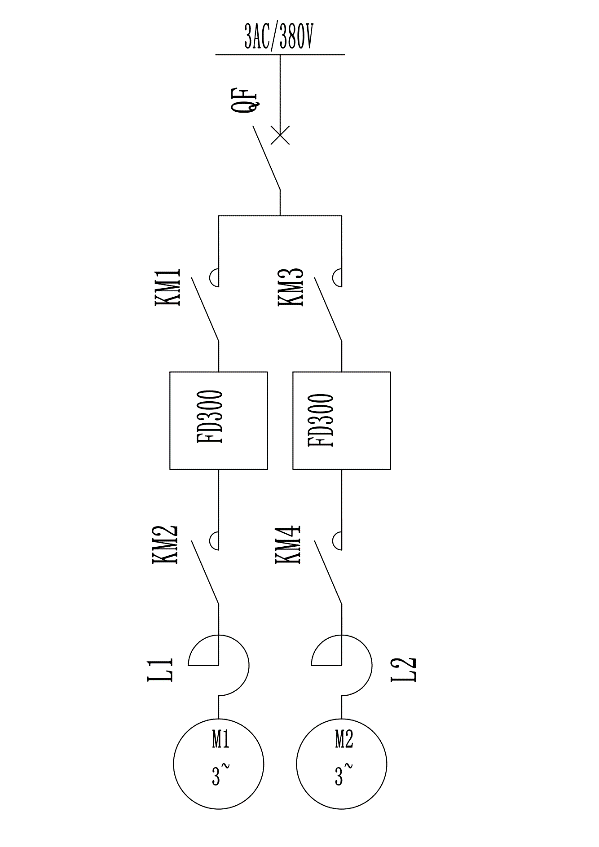
For the 160KW dual drive belt conveyor, fully considering its torque requirements during startup and operation, a frequency inverter can be selected by amplifying a certain gear, and the selected model is FD200-185G/200P-4. Two motors on site drive the belt to pull coal through two rollers, so two frequency inverters with the same power are selected. The frequency inverters operate synchronously through master-slave control mode. Considering that the load connection of the belt conveyor is through flexible connection, which has a certain degree of ductility, there can be a certain speed error between the master and slave machines. Therefore, the master machine adopts speed, and the slave machine can adopt torque mode or speed mode.
4. Effectiveness
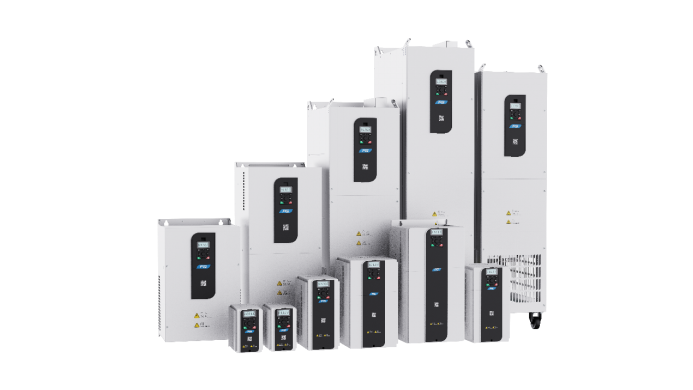
A certain coal mine uses FD300 frequency inverter to drive the belt conveyor, which operates well and reflects the following advantages:
1) Speed synchronization and current balance. The output torque of the slave is the same as that of the host, and the current is equivalent. The current display on the keyboard shows a difference of about 5A. The slave will not experience overvoltage due to speed mismatch with the host.
2) The parameters are concise. There are not many parameters that need to be adjusted, and they are more sensitive to motor parameters. As long as communication is normal, it is very suitable for one master multiple slave mode.
3) Excellent soft start/stop characteristics. The acceleration/deceleration time (0-60min) is continuously adjustable and can achieve S-shaped acceleration/deceleration, effectively reducing the start stop impact.
4) Smooth start with heavy load. The belt conveyor can stop and restart at any time during coal transportation without any problems, and can output a maximum of 1.5 times the rated torque during low-frequency operation.
In summary, FD300 frequency inverter, as the power drive equipment of coal mine belt conveyor, has broad application prospects in coal production due to its advantages of high efficiency, low noise, large starting torque, high reliability, good speed regulation performance, and maintenance free.

